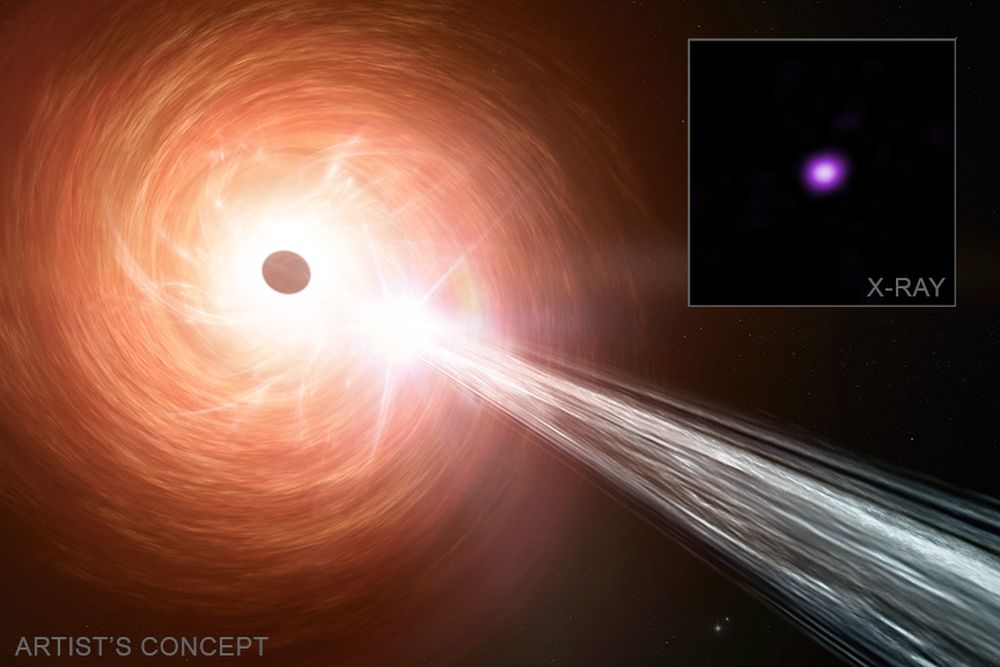
NASA's Chandra X-ray space telescope has found a black hole that's growing at an extremely rapid pace. The telescope is seeing the black hole, which has about one billion solar masses, when the Universe was less than one billion years old. Studying its rapid accretion could explain how some black holes become so massive so soon after the Big Bang.
Continue reading
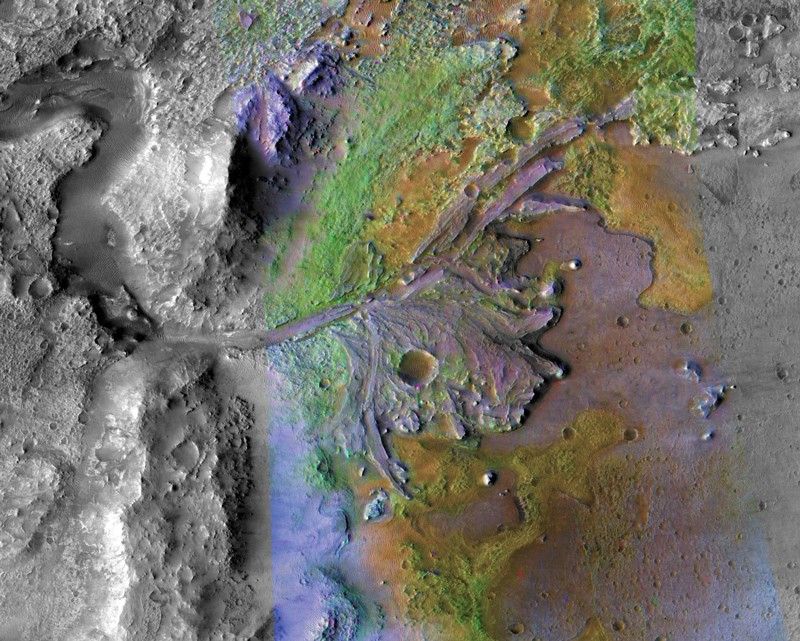
Continue reading
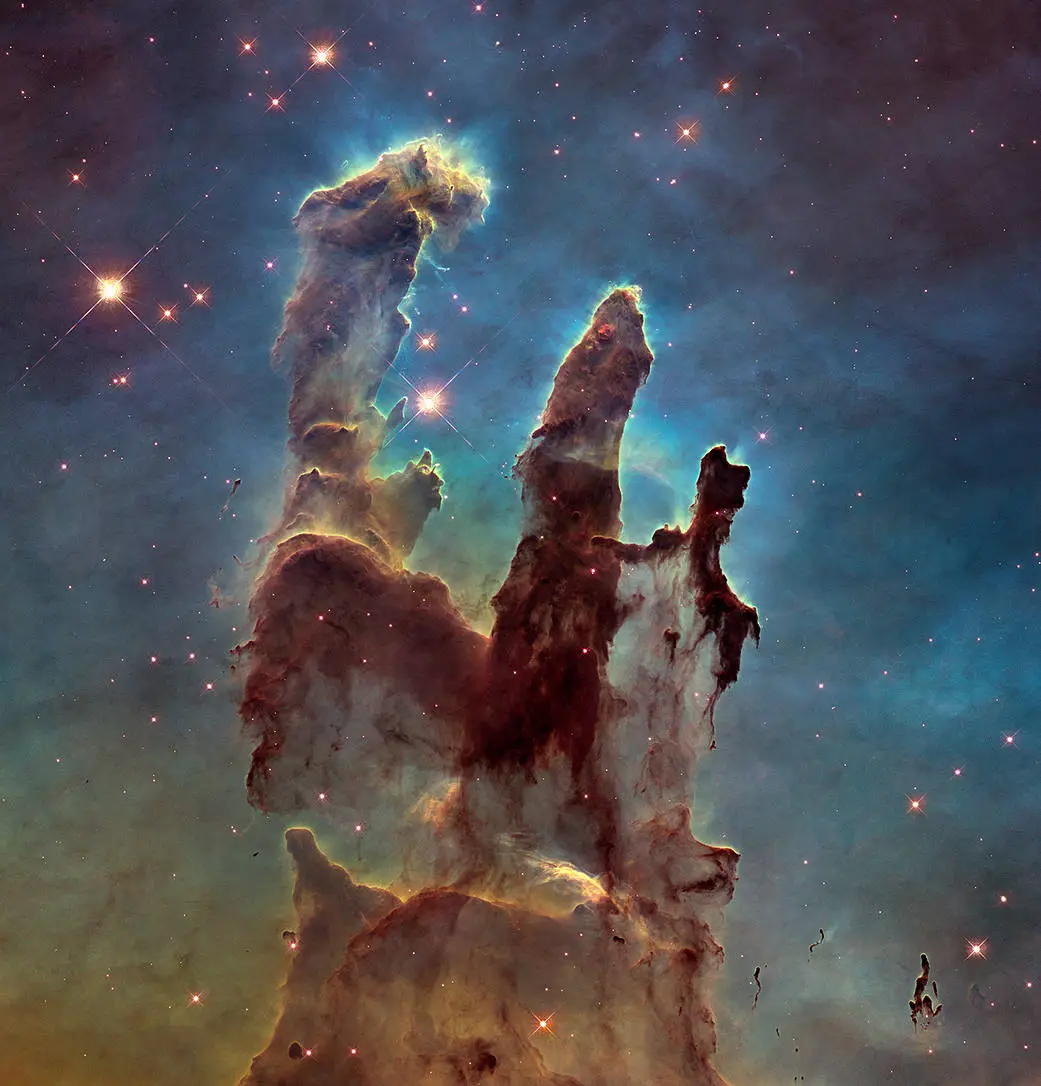
What is the meaning of life? Even the best of us couldn’t hope to answer that question in a universe today article. But there are those who would try to “constrain” it, at least in terms of physics. A new paper from Pankaj Mehta of Boston University of Jané Kondev of Brandeis that was recently pre-published on arXiv looks at how the fundamental constants of physics might be applied to life as we know it - and even life as we don’t know it yet. Their idea doesn't necessarily give the answer to the ultimate question, but it does tie two seemingly disparate fields nicely together.
Continue reading
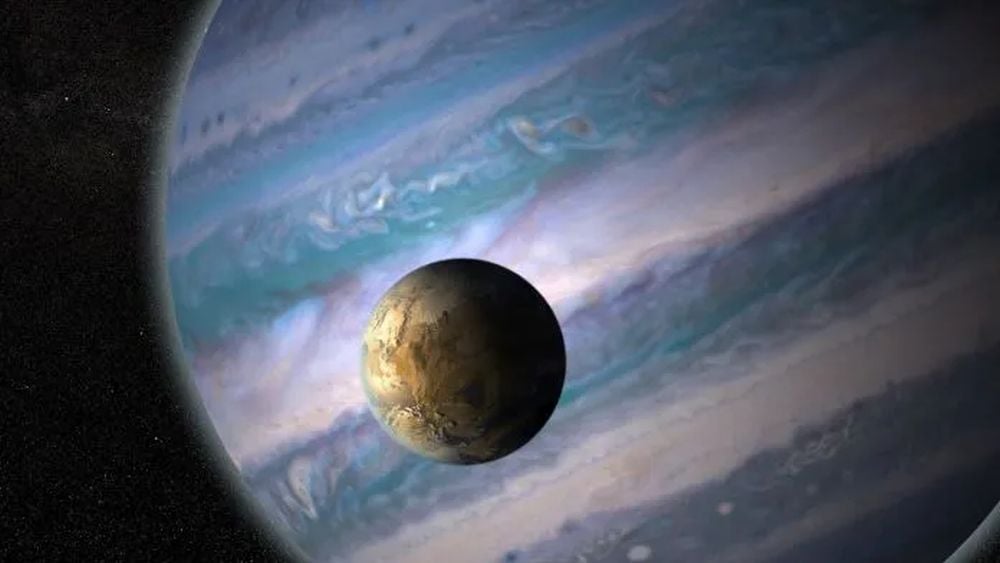
Exoplanets aren’t the only objects floating around other stars - they likely have comets and asteroids as well. Even some of the exoplanets themselves will have “exomoons”, at least according to our current understanding of the physics of planetary formation. However, we have yet to find any of these other objects conclusively, though there has been some hint at the presence of exomoons in the last ten years. A new paper from astronomers at the European Southern Observatory (ESO), recently pre-published on arXiv, suggests a way in which we might be able to finally detect the presence of an exomoon - using a technique that is also commonly used to find exoplanets themselves.
Continue reading
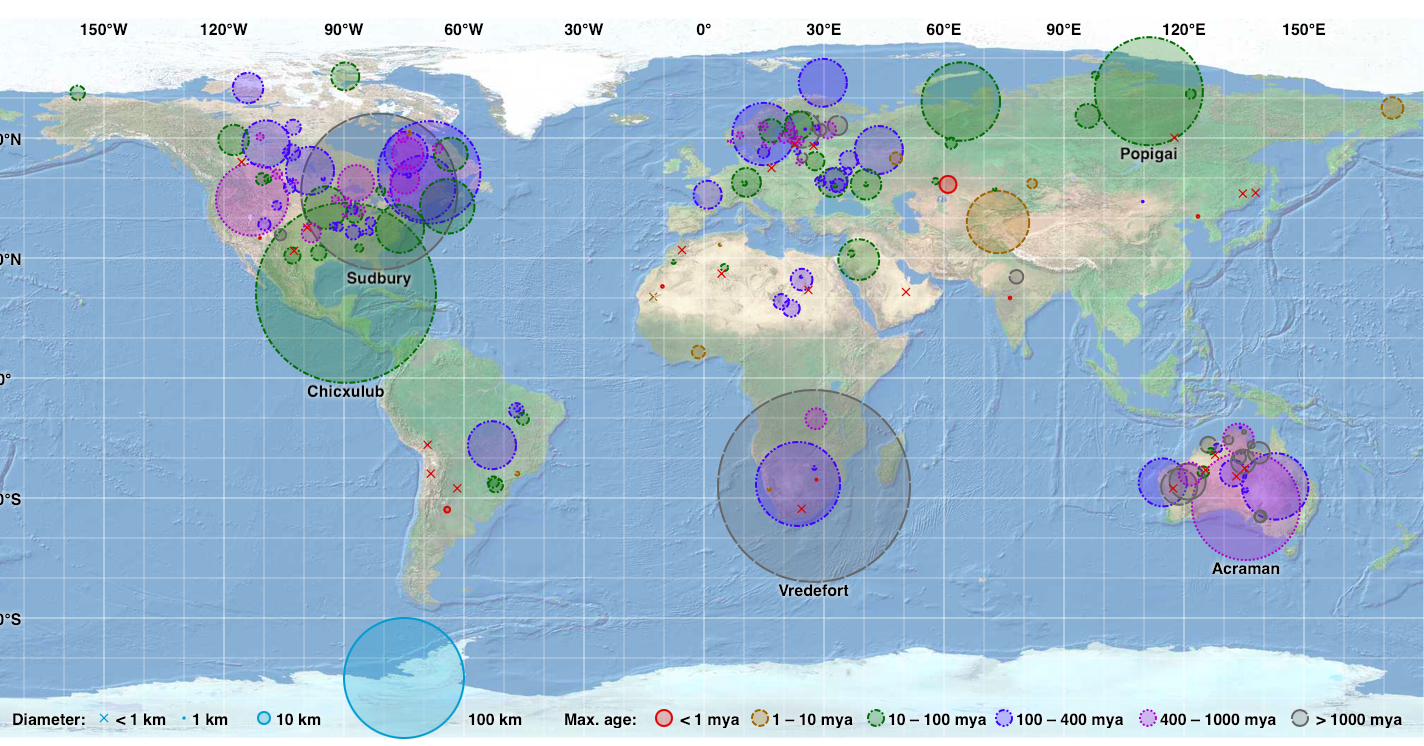
A team of scientists in south Australia have discovered tiny pieces of glass that tell the story of a catastrophic event that happened 11 million years ago, an asteroid impact so massive it should have left a crater the size of a major city, yet mysteriously, no one has found it. This discovery represents only the sixth known tektite field ever identified on Earth. The glassy fragments, scattered across the landscape are forcing scientists to reconsider what they know about ancient asteroid impacts and the geological features they leave behind.
Continue reading
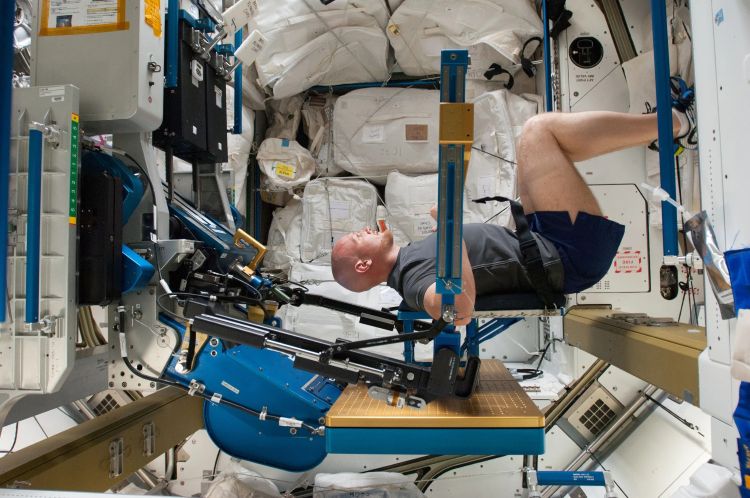
How does spaceflight influence sarcopenia, which is a common age-related muscle decline, specifically for elder adults? This is what a recent study published in Stem Cell Reports hopes to address as a team of researchers investigated how microgravity influences muscle cell function. This study has the potential to help scientists, mission planners, astronauts, and the public better understand the long-term health impacts of microgravity on muscle decline and the steps that can be taken to mitigate it.
Continue reading
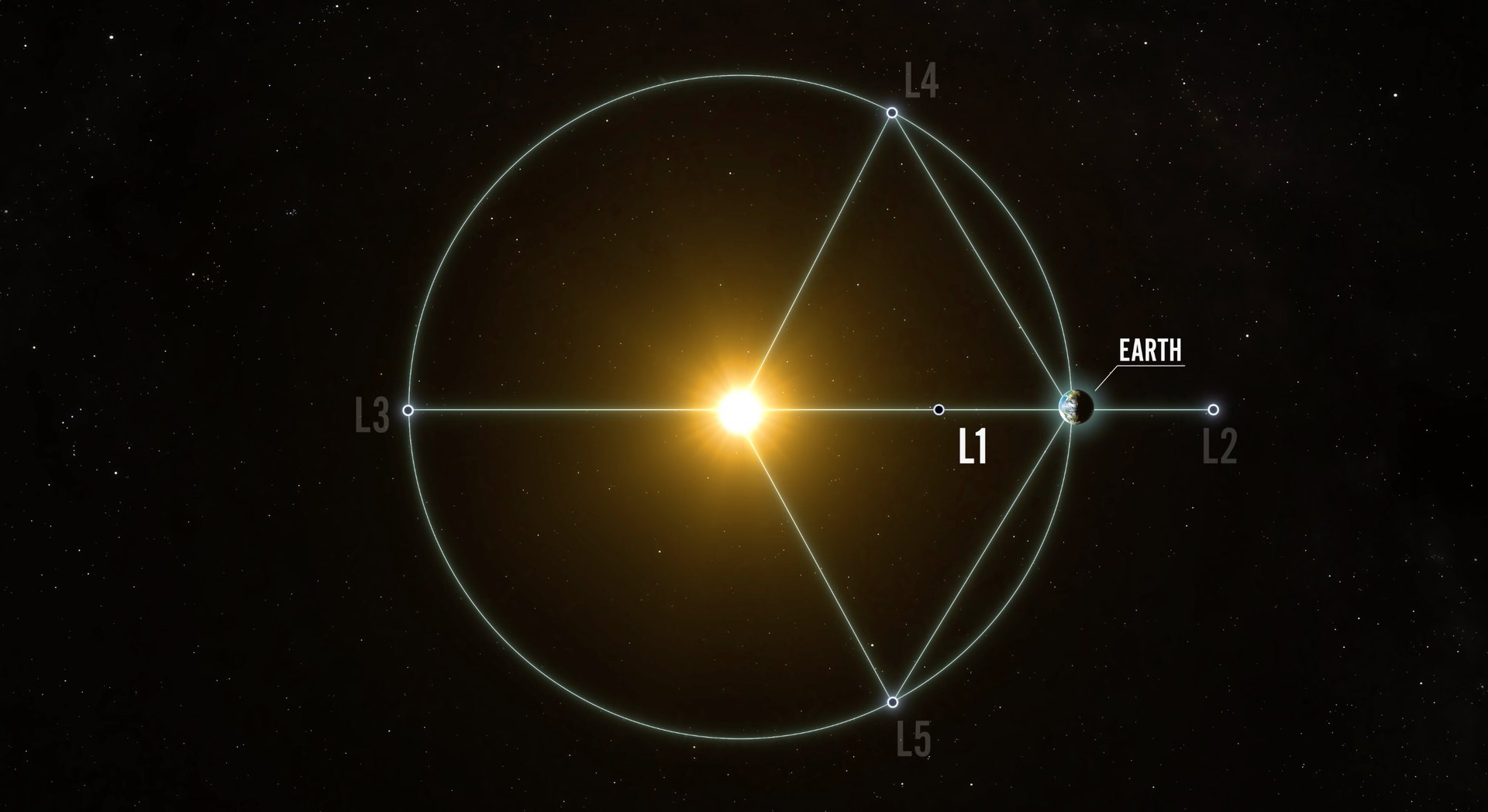
Some NASA missions are designed for very specific tasks, but all of them help feed into our understanding of our universe, and in some cases our pale blue dot, work. A new mission to study one of the more esoteric parts of the atmosphere is scheduled to launch today, and over the next 2-3 years will monitor the outer reaches of our planet’s atmosphere.
Continue reading
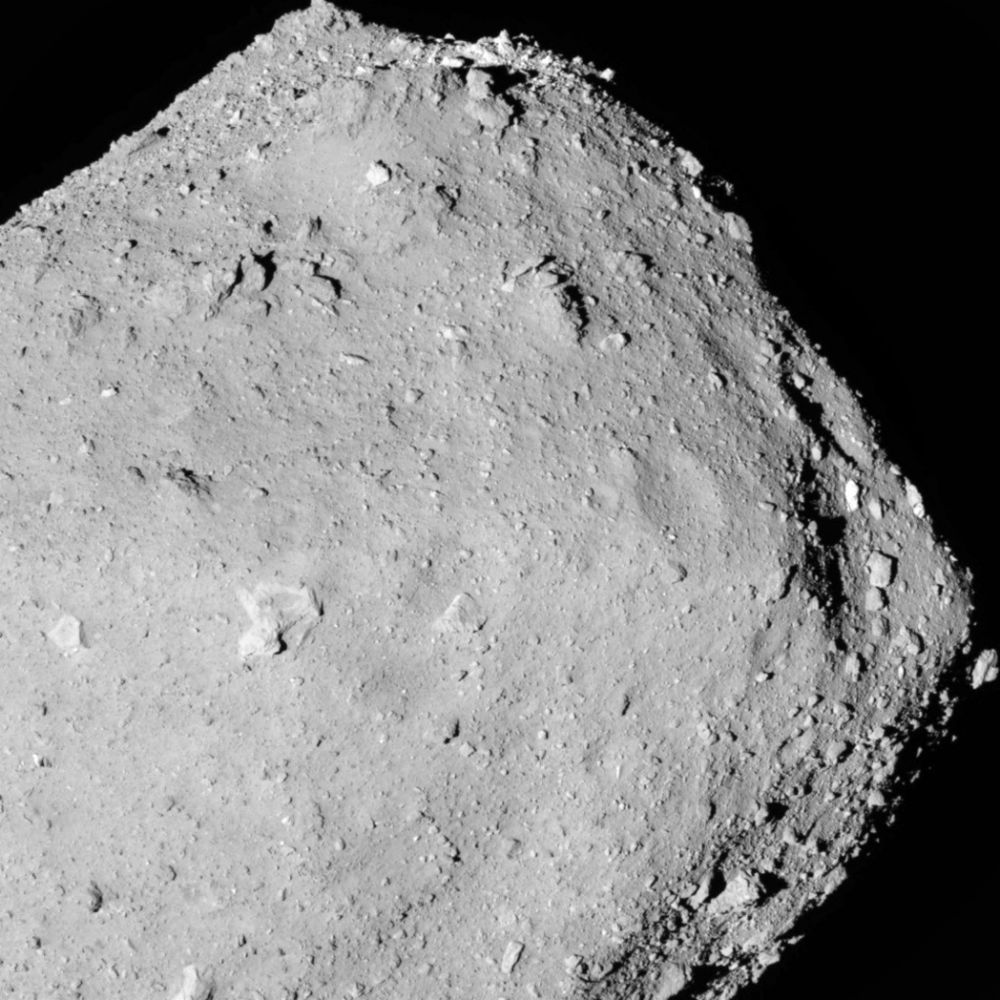
Researchers working with a sample from asteroid Ryugu discovered that water flowed on the asteroid almost one billion years after it formed. The finding suggests that carbon-rich asteroids could've delivered far more water to Earth than thought.
Continue reading

A team of researchers from Kent have demonstrated that it is possible to grow tea in lunar soil as part of a wider field of work to explore how future astronauts living and working on the moon can grow their own food.
Continue reading
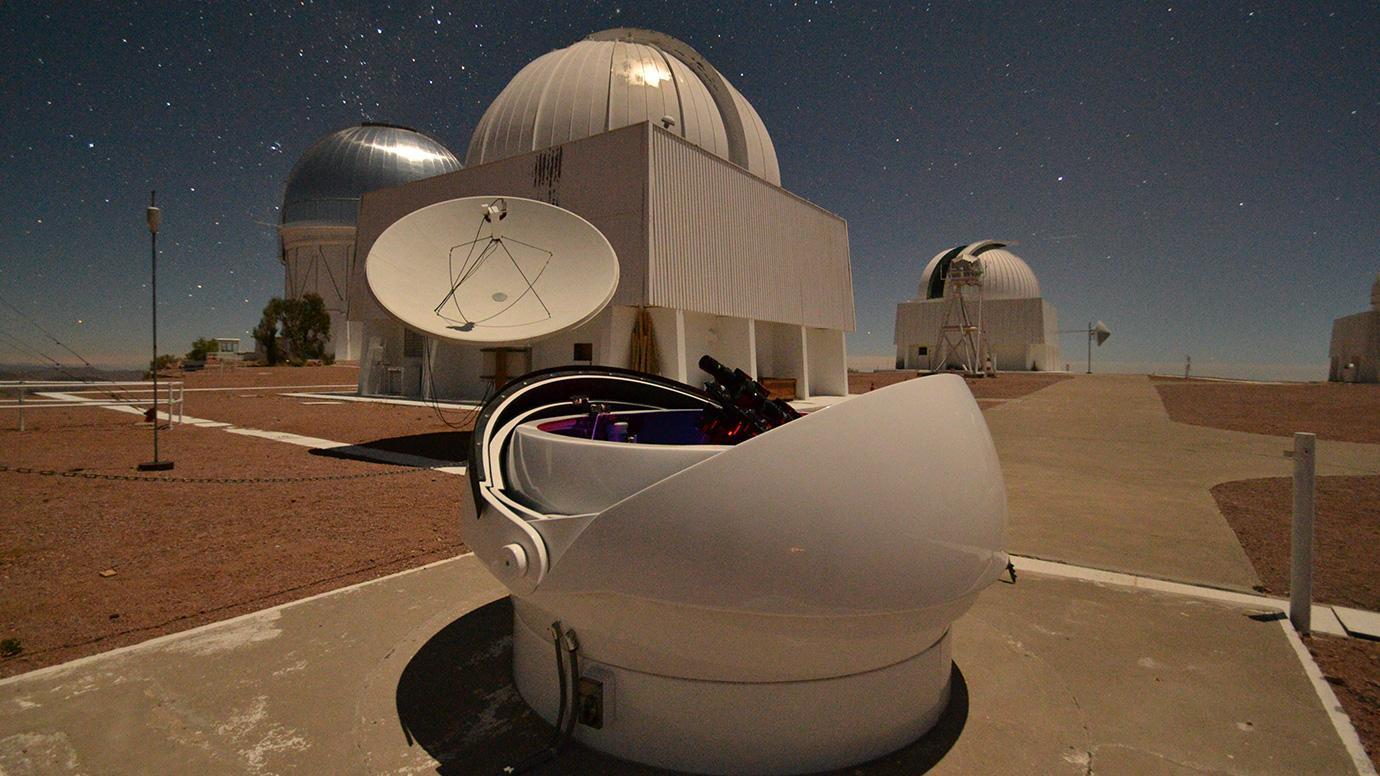
A new study, based on years of precise data from telescopes such as the Dark Energy Survey in Chile, above, suggests that the mysterious force known as dark energy may be evolving over time rather than constant.
Continue reading
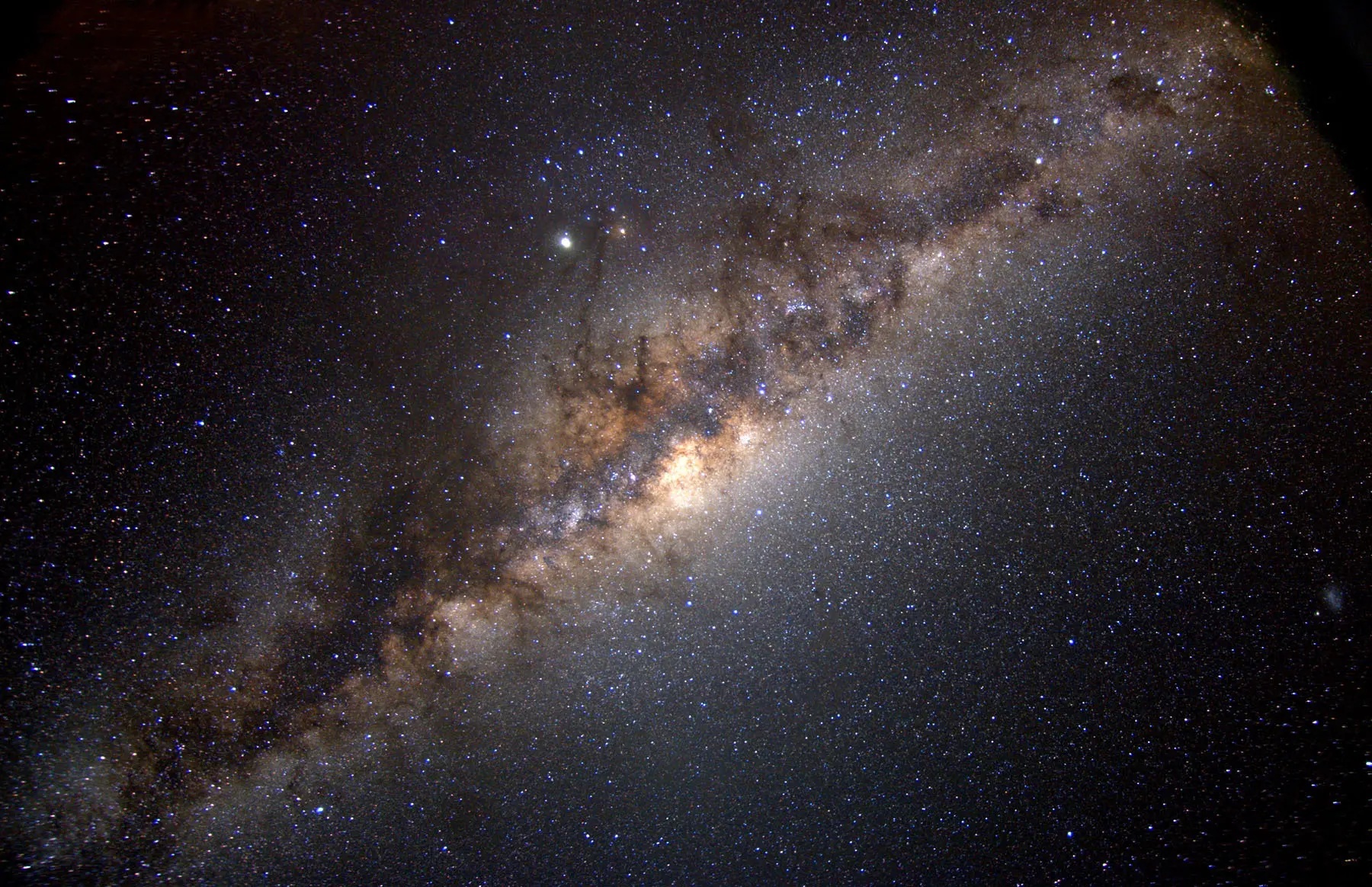
Earth’s History Written in the Stars: Zircon Crystals Reveal Galactic Influence
kerryhensley45577
Tue, 09/16/2025 - 10:27
Earth’s History Written in the Stars: Zircon Crystals Reveal Galactic Influence
https://www.curtin.edu.au/news/media-release/earths-history-written-in-the-stars-zircon-crystals-reveal-galactic-influence/
Continue reading
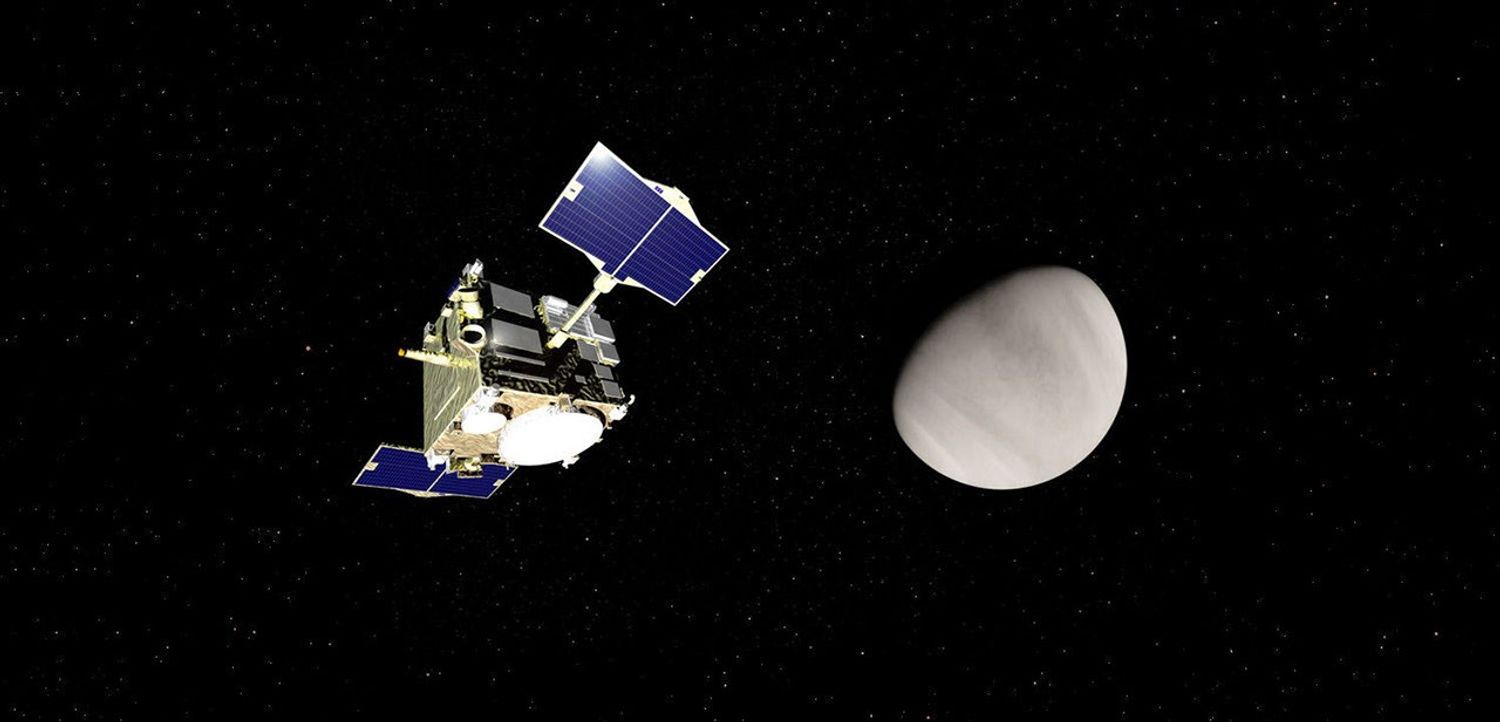
The Japan Aerospace Exploration Agency (JAXA) conducted the termination procedure for the Venus Climate Orbiter “Akatsuki” (PLANET-C) starting at 9:00 AM on September 18, 2025 (JST), thereby ending the probe's operations.
Continue reading

Let’s say you’ve picked the perfect spot for building a settlement on Mars. But this opens up some pretty nasty questions. Building…what? And building….with what?
Continue reading
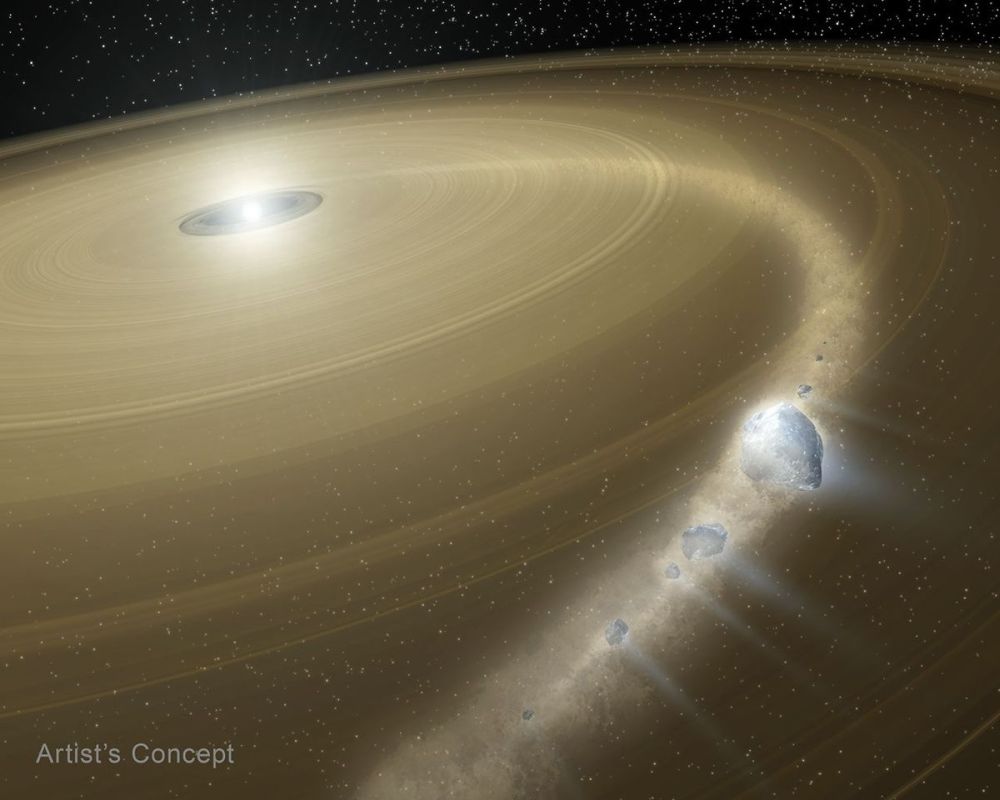
The Hubble Space Telescope has spotted a white dwarf that's devouring a chunk of an icy body. It suggests that even in distant solar systems, icy bodies from the distant reaches can deliver water to planets in the inner solar system.
Continue reading
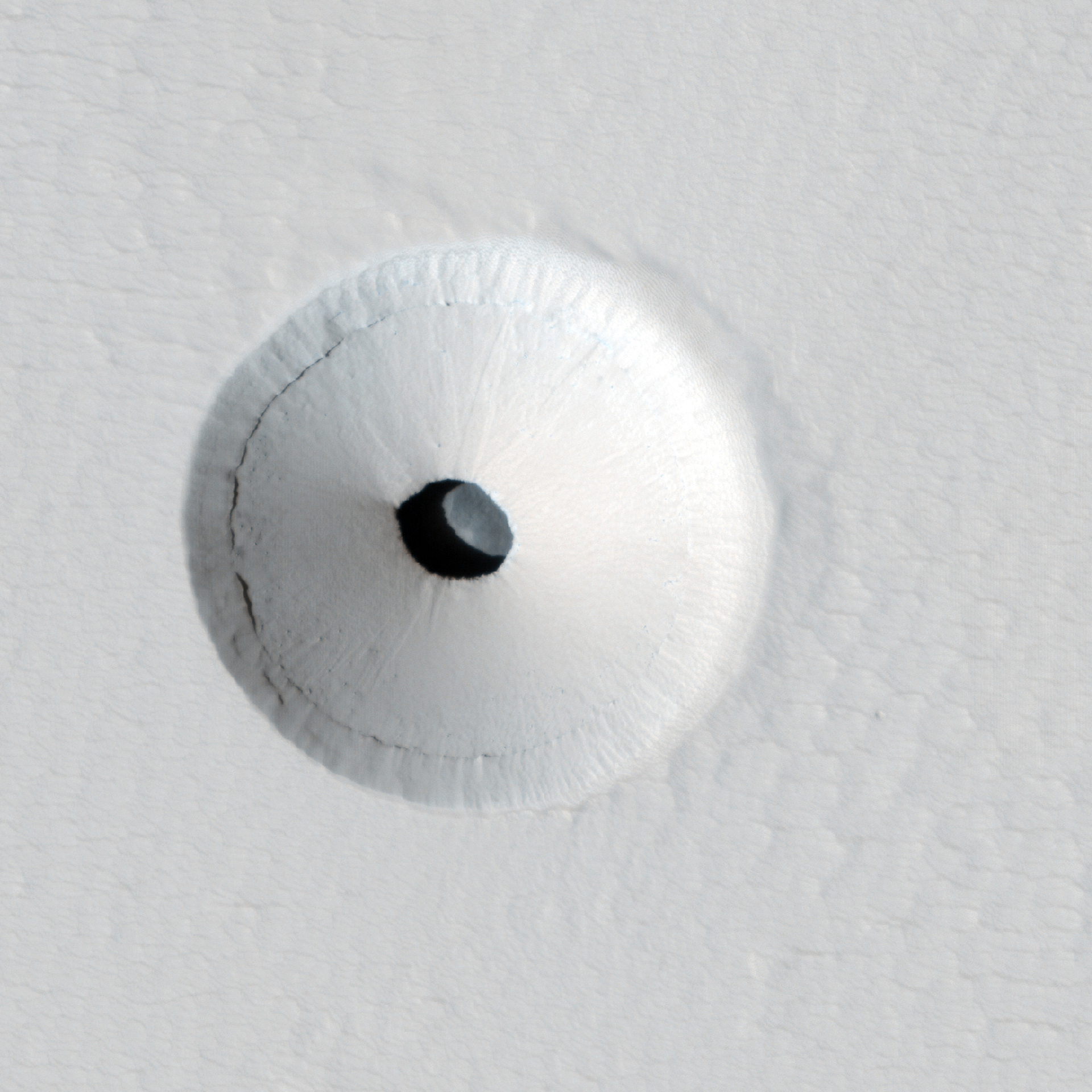
Let’s say you’re in charge of a Mars mission. Okay boss, where do we land?
Continue reading
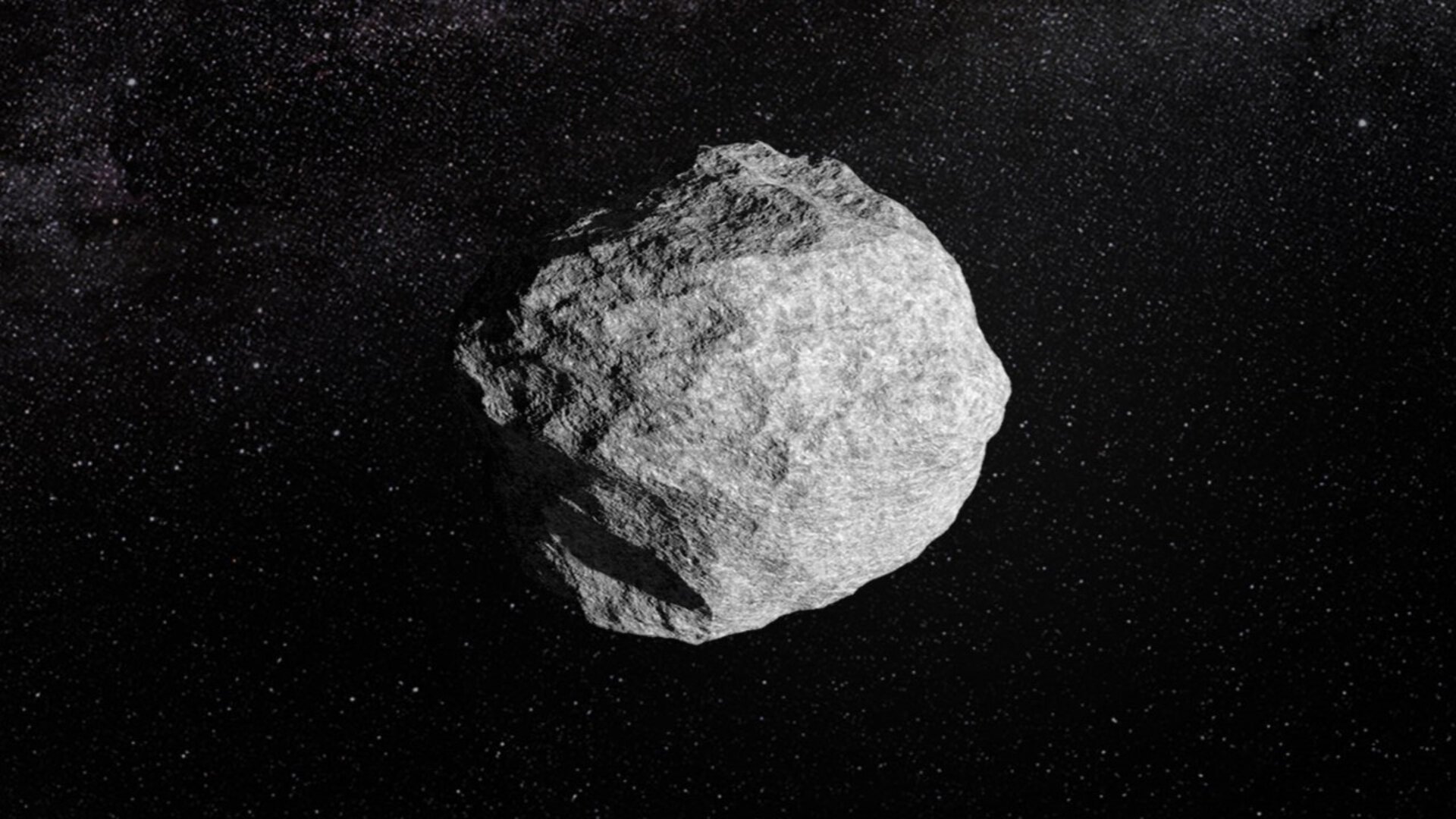
arXiv:2509.12351v1 Announce Type: new Abstract: Near-Earth asteroid 2024 YR4 was discovered on 2024-12-27 and its probability of Earth impact in December 2032 peaked at about 3% on 2025-02-18. Additional observations ruled out Earth impact by 2025-02-23. However, the probability of lunar impact in December 2032 then rose, reaching about 4% by the end of the apparition in May 2025. James Webb Space Telescope (JWST) observations on 2025-03-26 estimated the asteroid's diameter at 60 +/- 7 m. Stu...
Continue reading
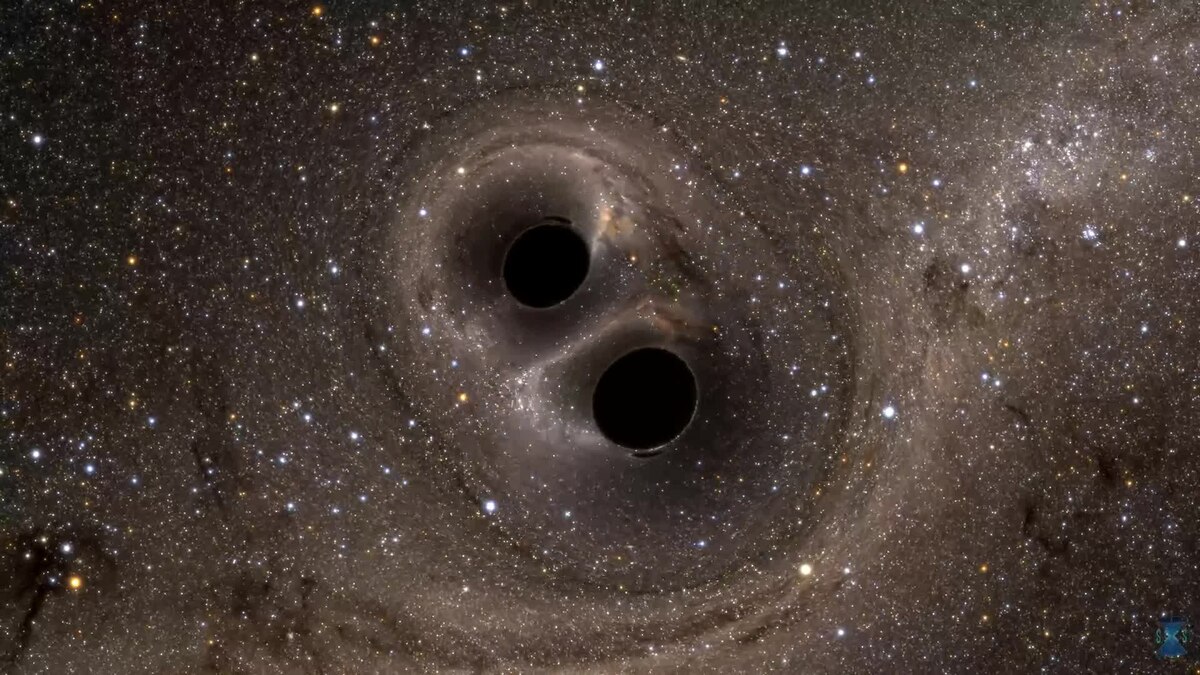
When two black holes collide and merge, they release gravitational waves. These waves can be detected by sensitive instruments on Earth, allowing scientists to determine the mass and spin of the black holes. The clearest black hole merger signal yet, named GW250114 and recorded by LIGO in January 2025, offers new insights into these mysterious objects.
Continue reading

NASA says we now know of 6,000 confirmed exoplanets. At first there was just a trickle of discoveries. But the pace has quickened and shows no signs of slowing down.
Continue reading
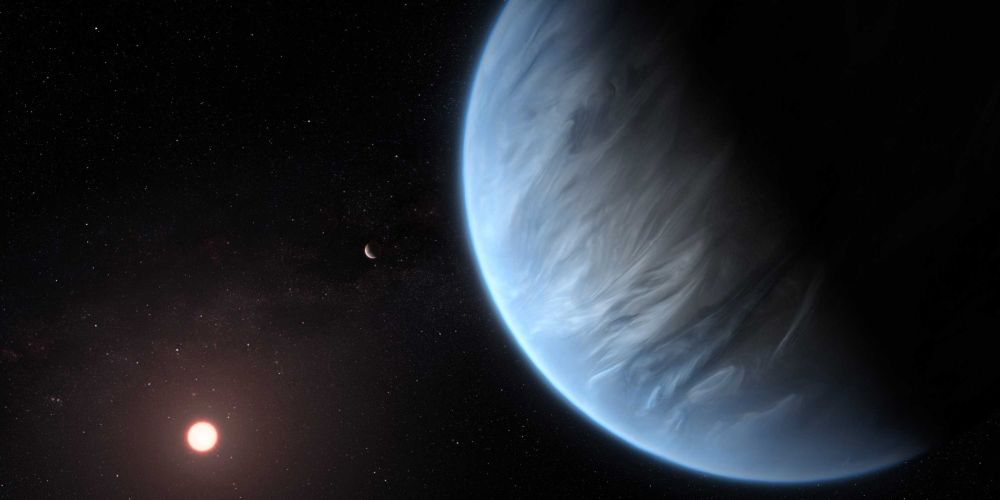
New research shows that the purported water world K2-18b isn't a marine world with a deep ocean. In fact, so-named Hycean worlds may not exist at all. But on the bright side, Earth's water content may not be unusual.
Continue reading
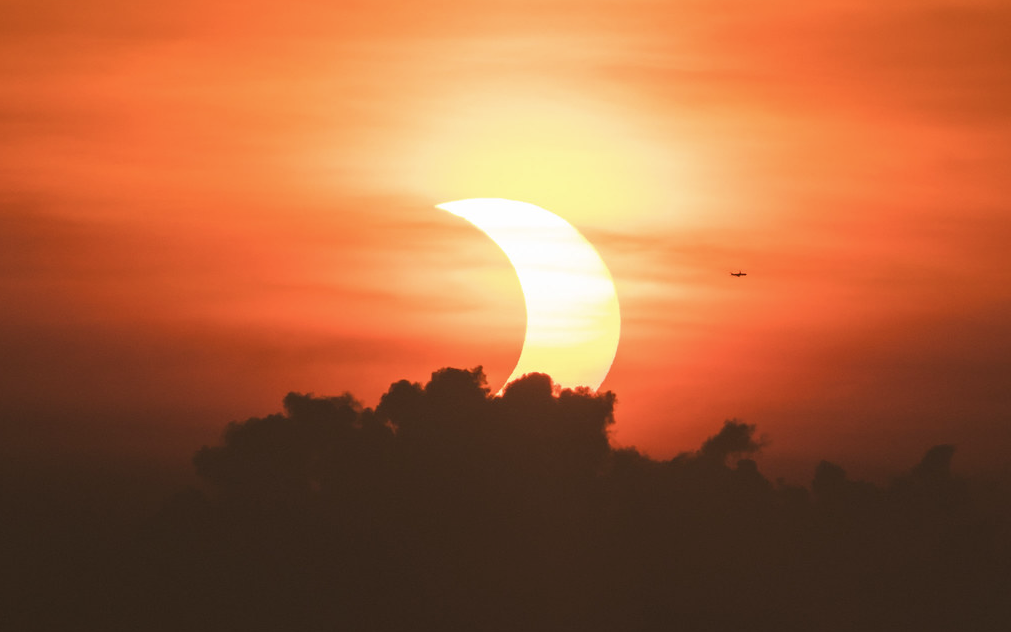
Subtle astronomical events can still produce memorable scenes, hidden away in distant locales. Such a spectacle goes down on Sunday/Monday, September 21st/22nd, with a partial solar eclipse. Although the eclipse only skims the southernmost portion of the South Pacific, viewers along the eastern coast of Australia, Antarctica and all of New Zealand will see an unforgettable sight, as a partially-eclipsed Sun rises out of the sea.
Continue reading
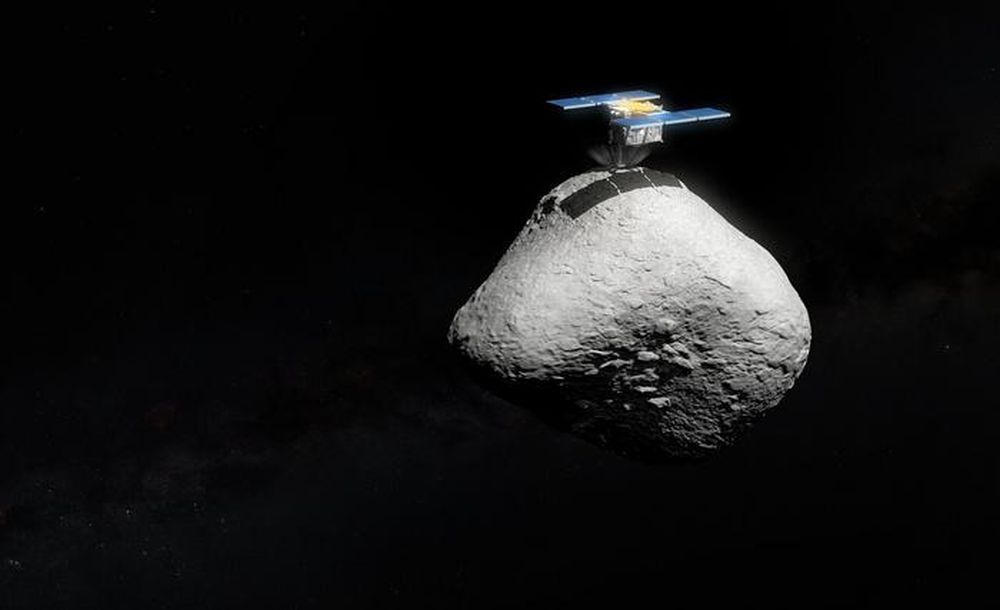
Hayabusa 2 may need to alter its visit to its next target. VLT observations show that the asteroid 1998 KY26 is three times smaller than thought and spinning much more rapidly.
Continue reading

Before we get to Mars, we’re going to have to practice. And develop radical leaps in technology, but also practice.
Continue reading
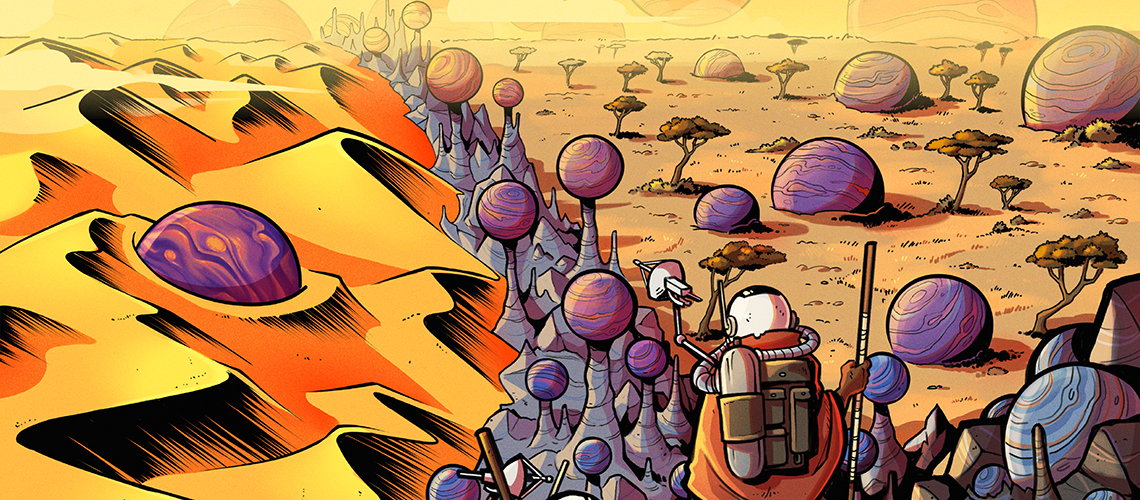
Exoplanet surveys are useful for more than just astrobiology or increasing the tally of known planets in other solar systems. They can also help us understand the evolution of planetary systems themselves. That’s what a new paper from researchers led by astronomers at the University of Geneva and published in Astronomy & Astrophysics attempts to do - by looking at a large population of “exo-Neptunes” they are attempting to understand the intricacies of how planetary systems are formed.
Continue reading
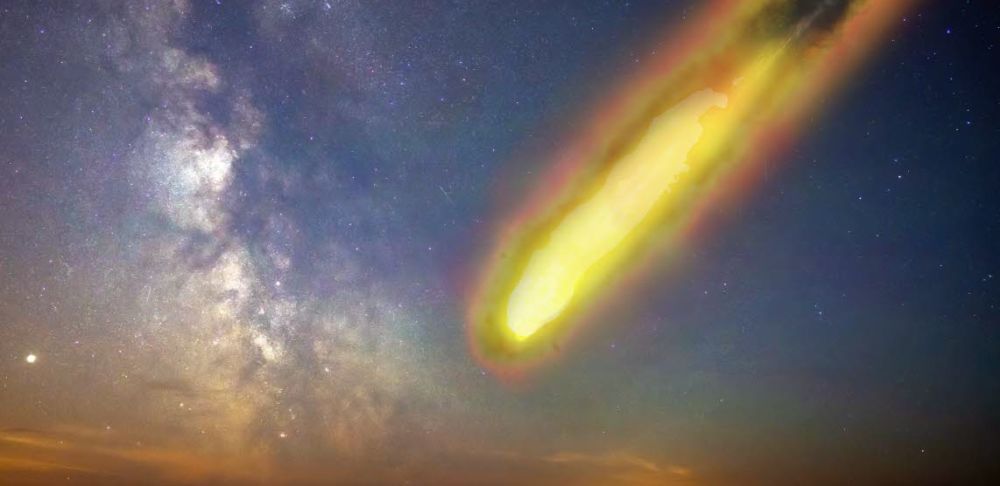
Researchers have dated the appearance of microbial life in a 78 million year old impact crater. Life colonized the fractured hydrothermal system the impact created, and thrived for millions of years. It could do the same on other worlds.
Continue reading
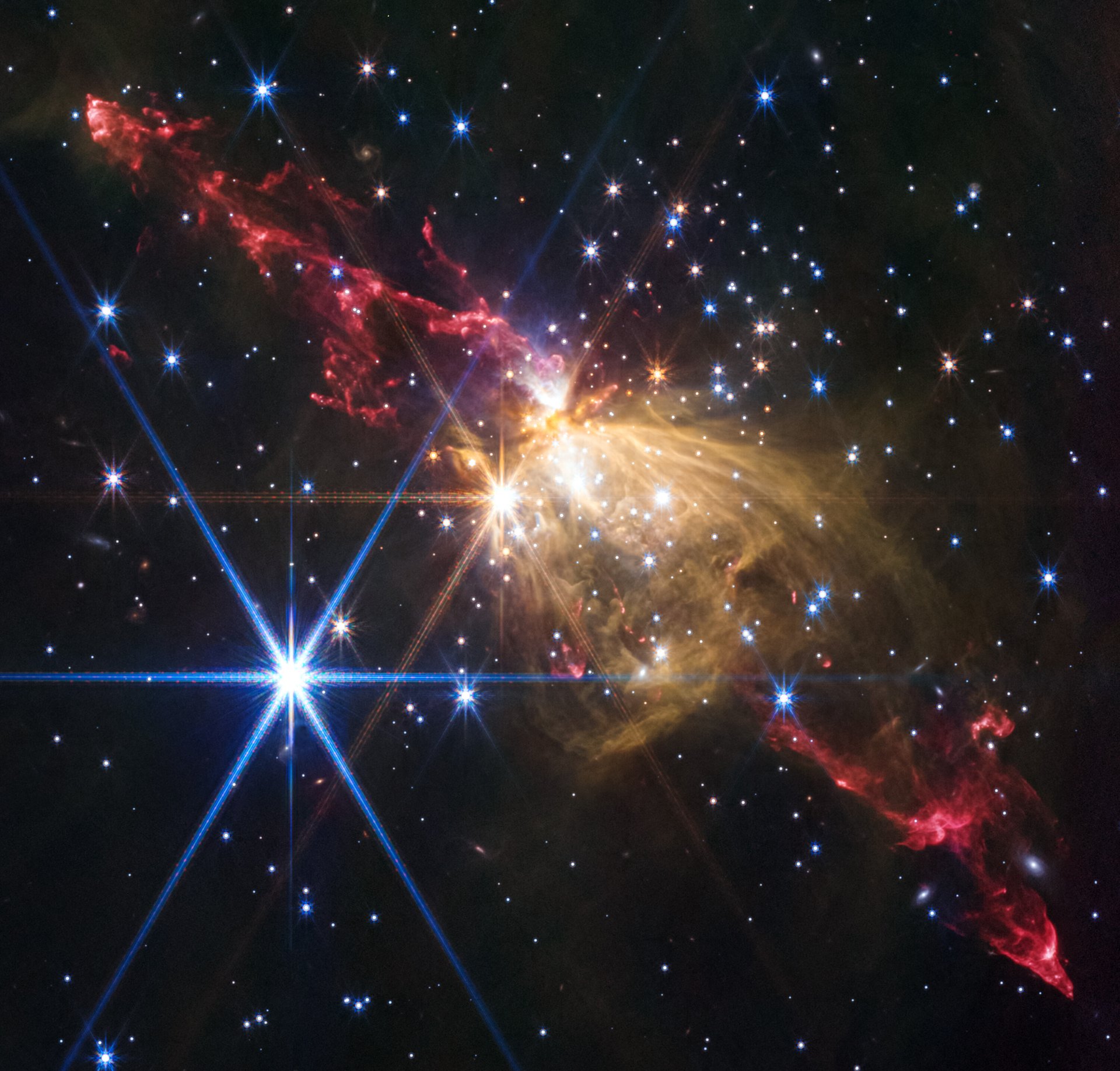
NASA's James Webb Space Telescope recently imaged an extremely large and symmetric protostellar jet at the outskirts of our Milky Way galaxy. From tip to tip, this protostellar jet is 8 light-years across, about double the distance from our Sun to its closest neighboring star system, Alpha Centauri.
Continue reading
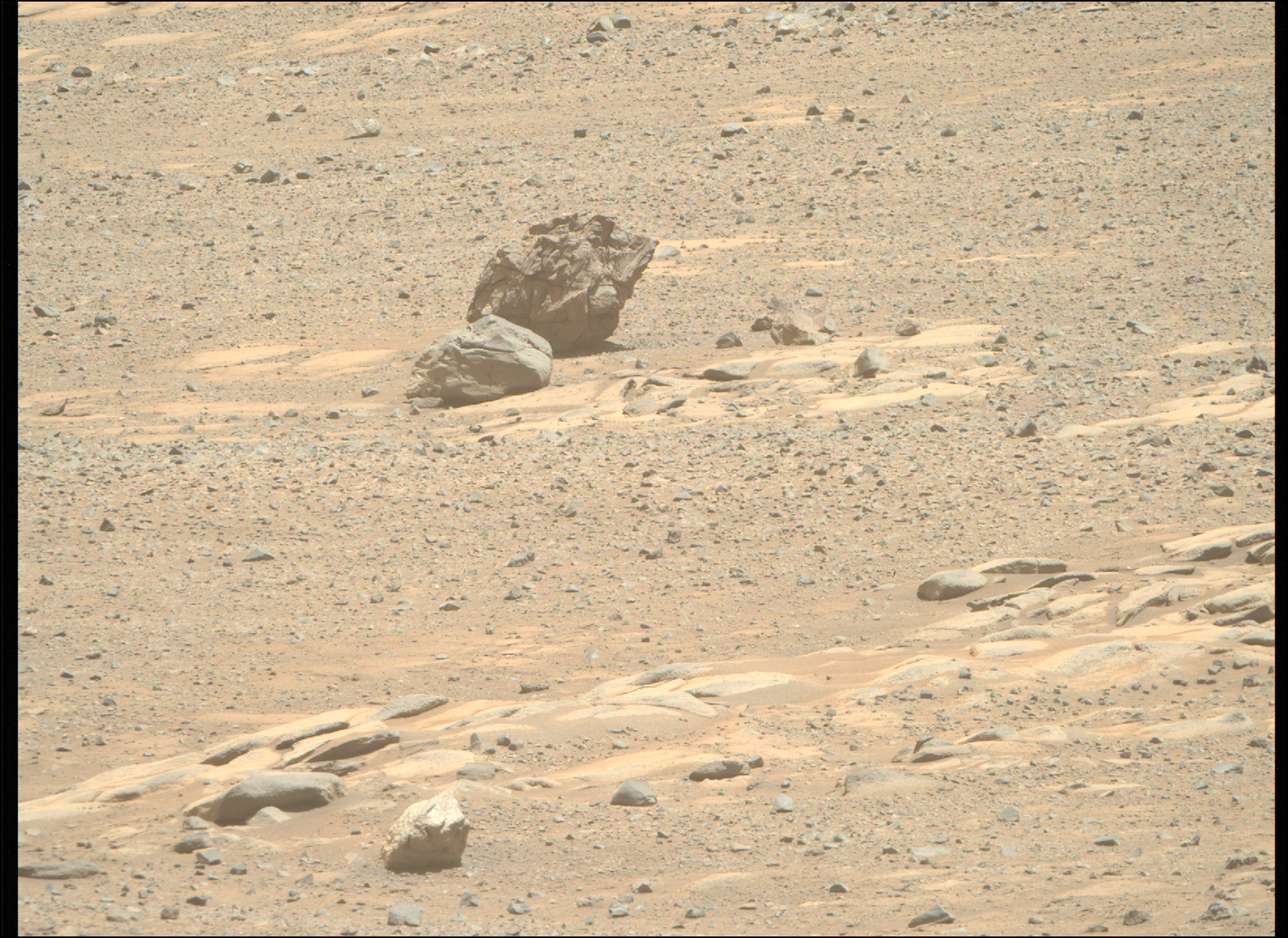
You know, if you take away the lack of air and water, the weaker Sun, the lower gravity, and the toxic soil, Mars isn’t all that bad of a place to live.
Continue reading
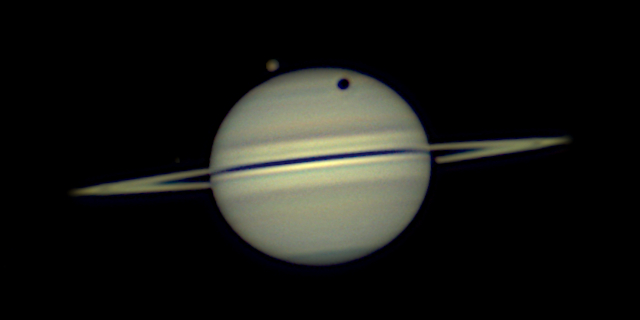
It seems like most of the planets have fled the evening scene. But that’s about to change this week. Saturn reaches opposition on Sunday, September 21st, passing closest to the Earth at just over 8.5 Astronomical Units (AU) or 1.3 billion kilometers distant, and rising opposite to the setting Sun. This marks the best time to view the ringed world, as it dominates the night sky from sunset until sunrise.
Continue reading
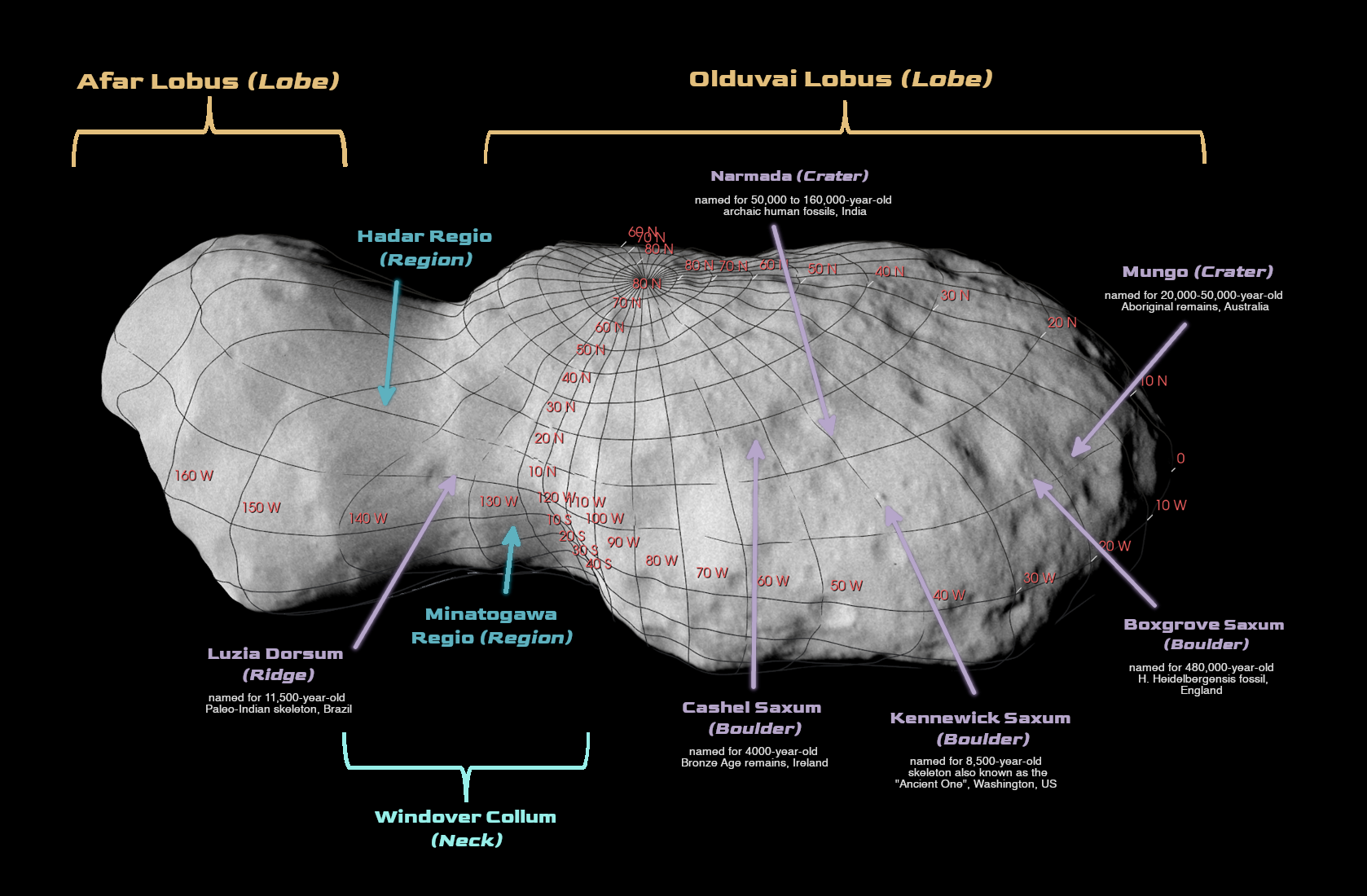
When considering the unnamed major features of all the moons, asteroids, and comets in our solar system there are still a lot of places out there that need proper names. That means the International Astronomical Union (IAU), the non-governmental body responsible for naming astronomical objects, has its work cut out for them. Recently they tackled a relatively easy challenge by approving a series of names on the asteroid Donaldjohnson, the first and only target of NASA’s Lucy mission in the main asteroid belt. With those names come a whole new way to talk about one of the asteroids that humanity has studied most closely thus far.
Continue reading
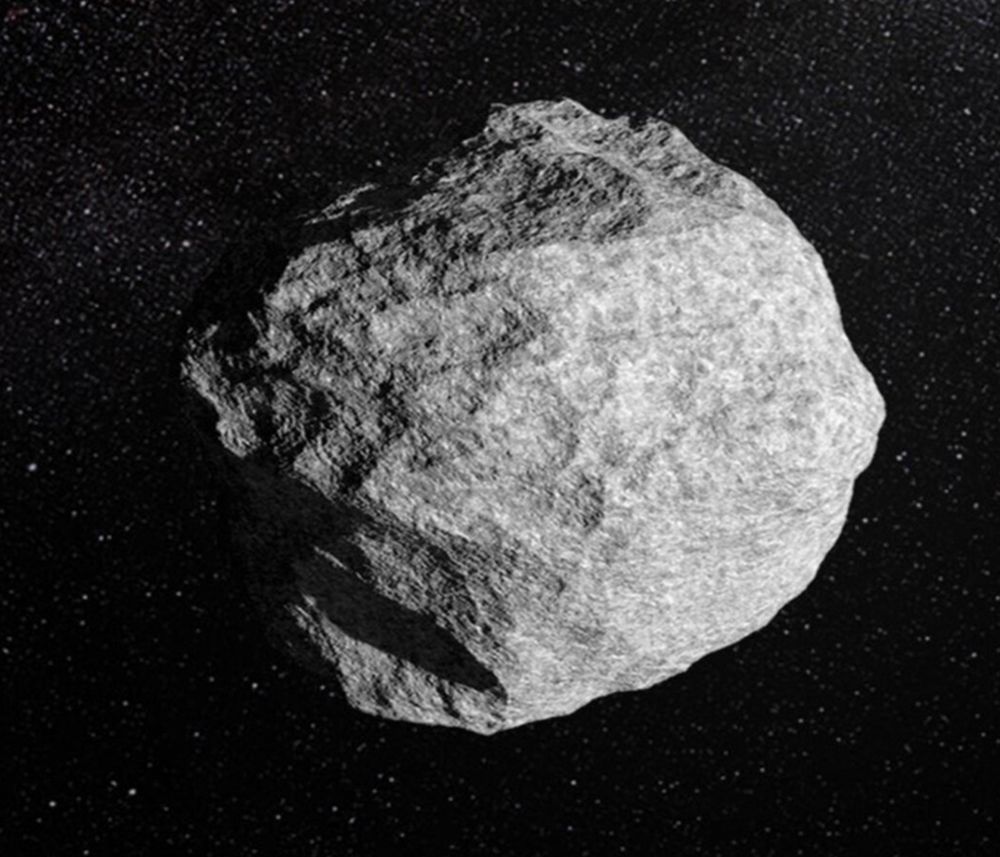
Earth has a new co-moving neighbour. It's a new member of the group of asteroids that follow Earth-like orbits and are called quasi-satellites. Together, they constitute an asteroid belt.
Continue reading
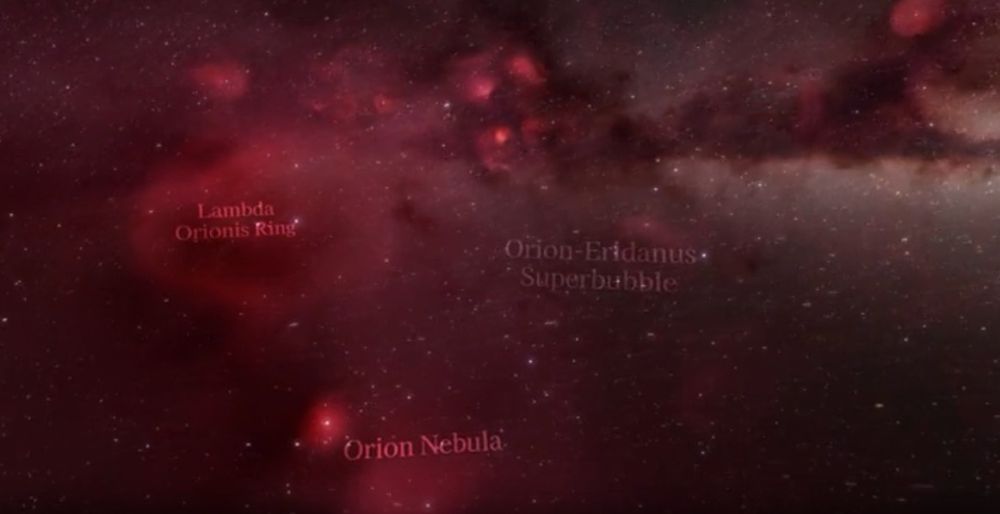
Here we fly through Gaia’s new 3D map of stellar nurseries. This new map includes 3D-views of the Gum Nebula, the North American Nebula, the California Nebula, and the Orion-Eridanus superbubble. It allows us to fly around, through, and above these areas containing stellar nurseries. At the end of the animation, we arrive at our Sun.
Continue reading
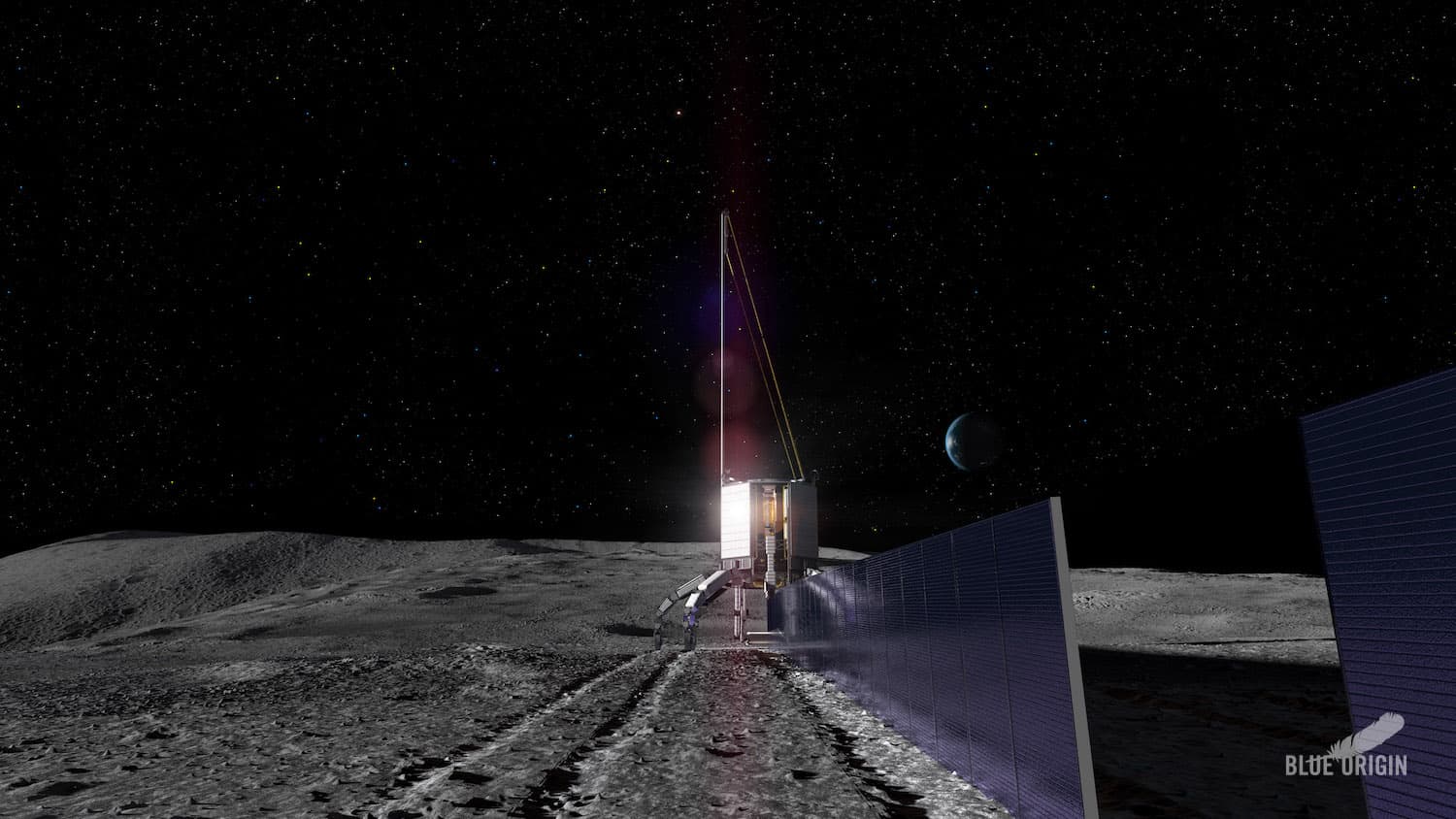
Blue Origin's breakthrough in-space resource utilization system aims to turn lunar regolith into solar arrays, metals, and breathable and propellant-grade oxygen, enabling sustainable robotic and human Moon missions and future Mars exploration.
Continue reading
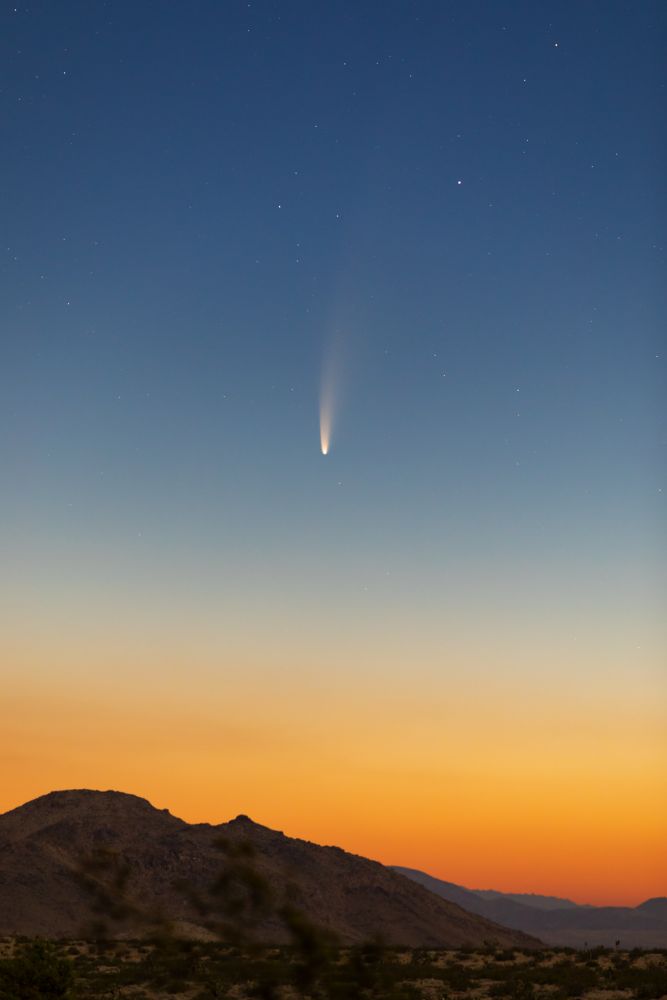
A swarm of fragments from an air burst comet could've triggered the Younger Dryas cooling period. A wave of megafauna extinctions followed, as did the disappearance of the Clovis culture.
Continue reading

One possibility to explain the constants of nature is that there’s more than one universe.
Continue reading
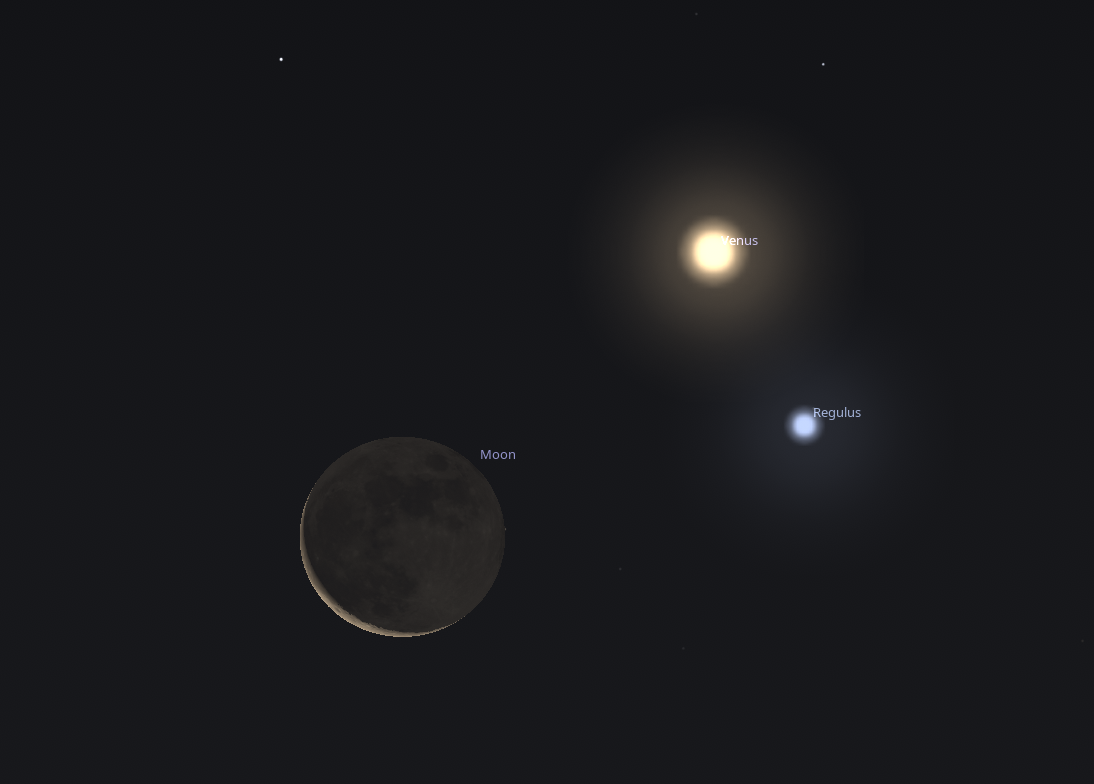
Sometimes, it seems as if the Universe is literally smiling down upon us. If skies are clear this coming Friday September 19th, be sure to wake up early to catch a bizarre celestial scene as Venus, Regulus and the slim crescent Moon huddle together in the eastern dawn. This triple play is a complicated one, evolving one of the best conjunctions for 2025.
Continue reading
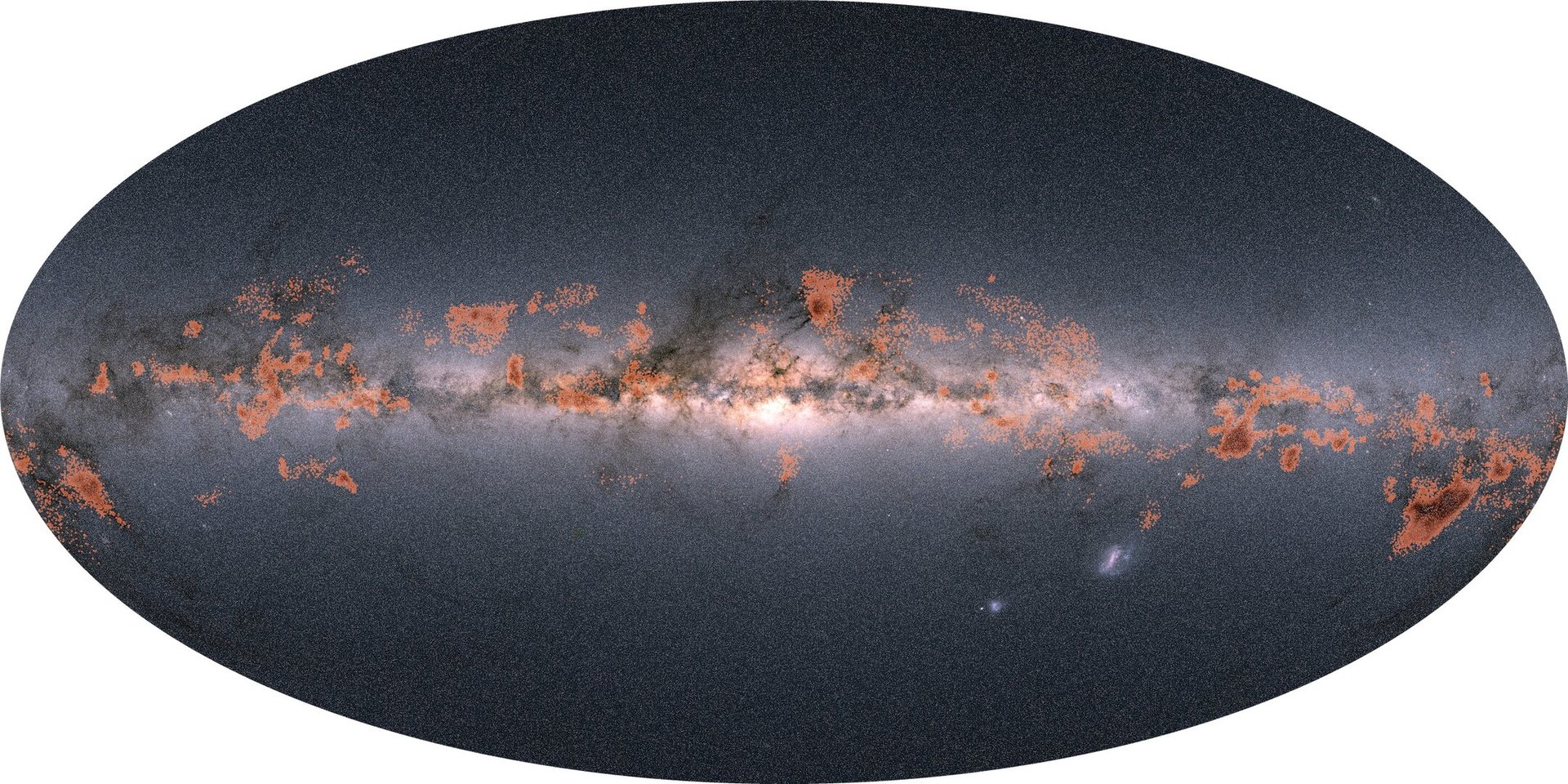
Gaia Proves Our Skies Are Filled with Chains of Starry Gatherings
Gaia Proves Our Skies Are Filled with Chains of Starry Gatherings
https://www.esa.int/Science_Exploration/Space_Science/Gaia/Gaia_proves_our_skies_are_filled_with_chains_of_starry_gatherings
Continue reading
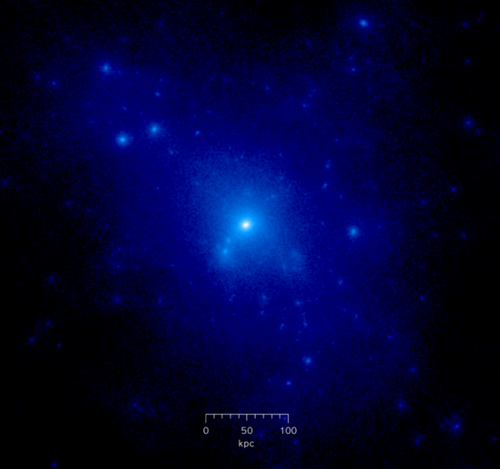
There are plenty of theories about what dark matter is and how it might be gravitationally affecting the universe. However, proving those theories out is hard since it hardly ever interacts with anything, especially on “small” scales like galaxies. So when a research team claims to have found evidence for dark matter in our own galaxy, it's worth taking a look at how. A new paper from Dr. Surkanya Chakrabati and her lab at the University of Alabama at Huntsville (UAH) does just that. They found evidence for a dark matter “sub-halo” in the galactic neighborhood, by looking at signals from binary pulsars.
Continue reading
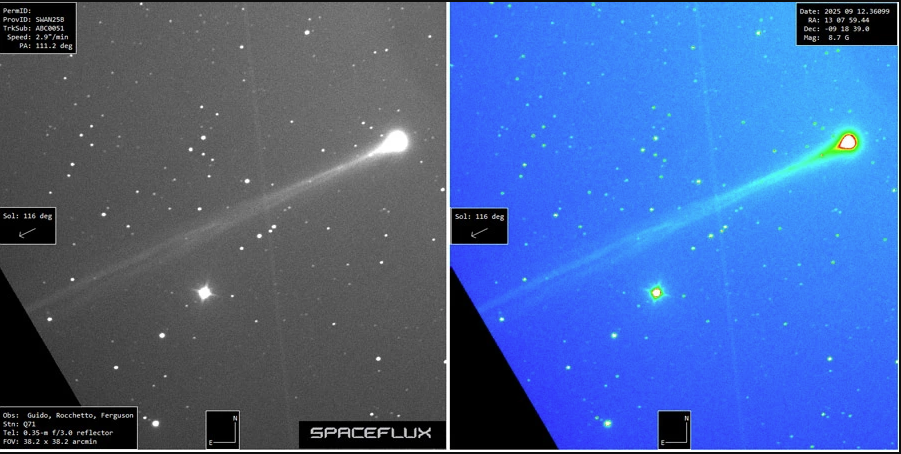
A new comet approaching from sunward could make a fine dusk appearance in October. There was chatter on the boards this past Friday September 12th, about a comet seen in the Solar Wind Anisotropies (SWAN) images near the Sun. Tentatively named SWAN25B and now formally designated as C/2025 R2 SWAN, this comet could put on a brief show in late September into October if it holds up.
Continue reading
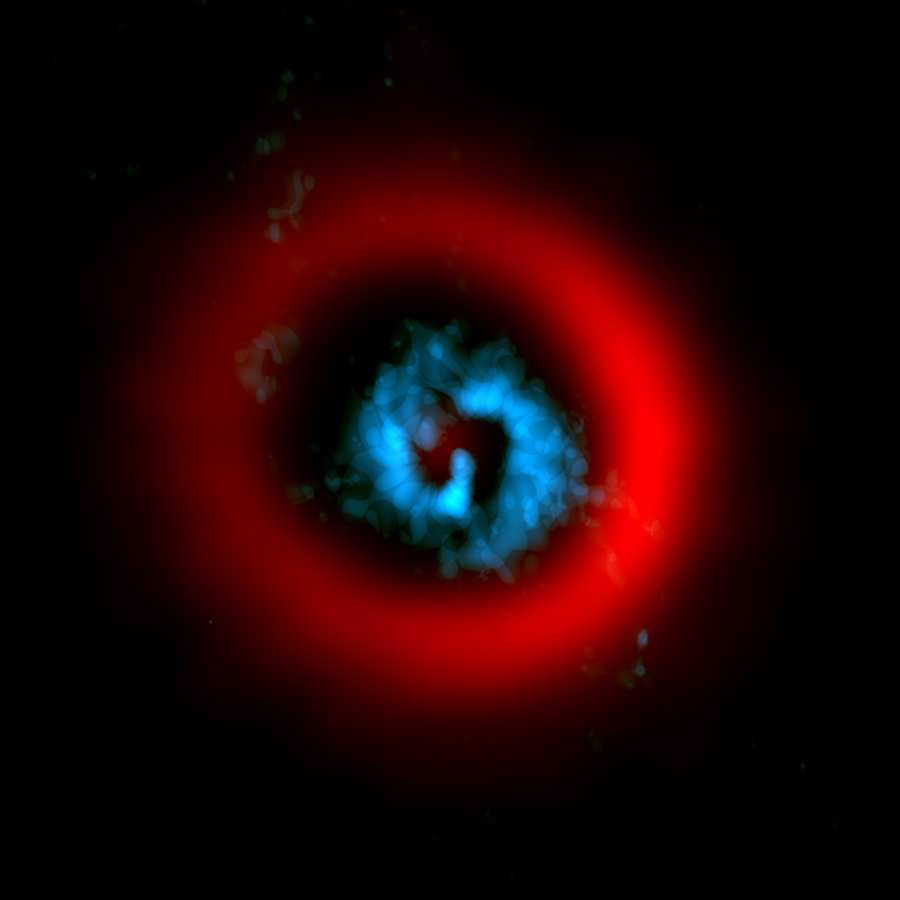
It’s rather strange to think about catching a planet in the act of being born given that the process takes millions of years but for the first time, astronomers have done just that! The evidence reveals a planet actively forming and feeding from its surrounding disk of gas and dust. The discovery of hydrogen emission from the protoplanet offers a new glimpse into the violent stages of planetary formation, revealing processes that shaped our own Solar System billions of years ago.
Continue reading
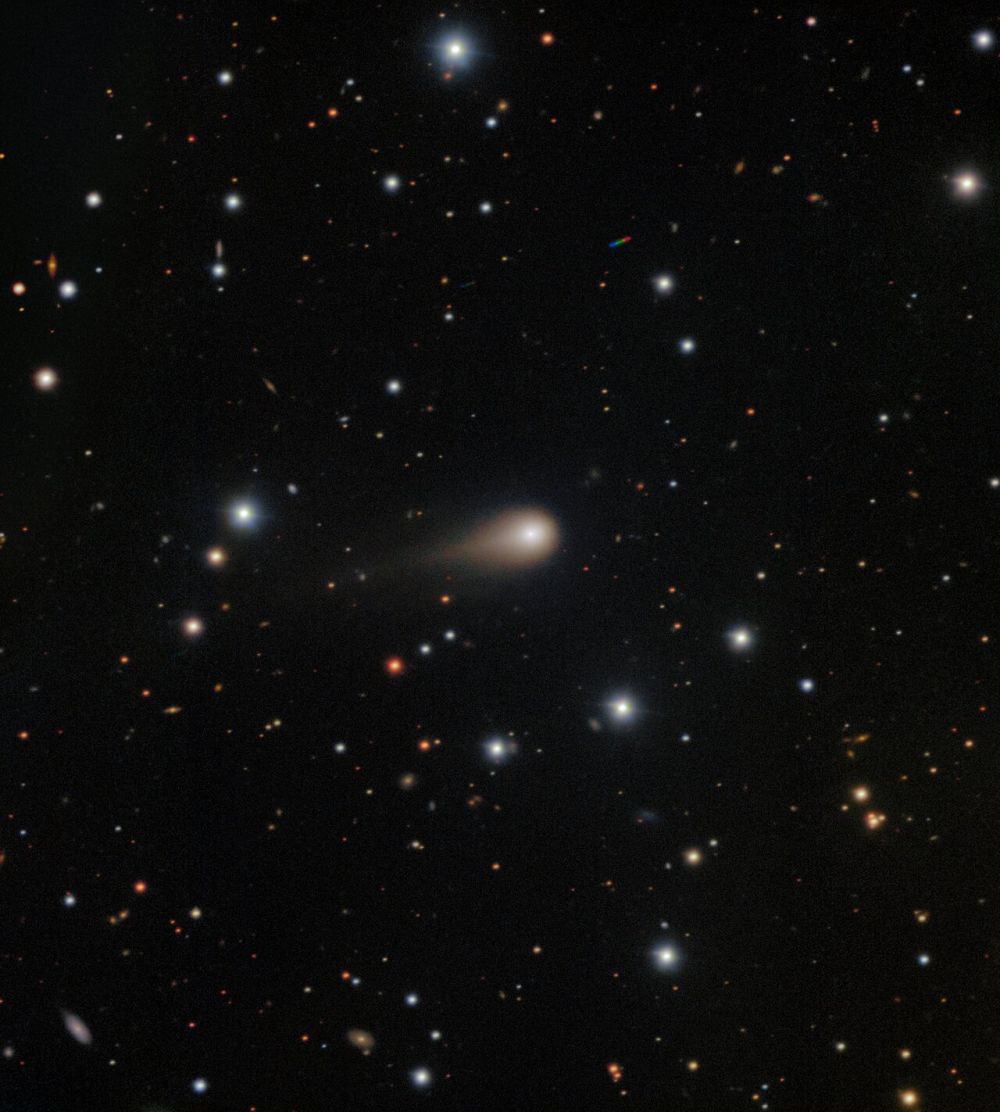
ISOs like Comet 3I/ATLAS are fascinating yet fleeting visitors from distant solar systems. New research suggests that when captured by a young solar system that's still forming planets, these objects could act as planetary seeds for the formation of planets.
Continue reading
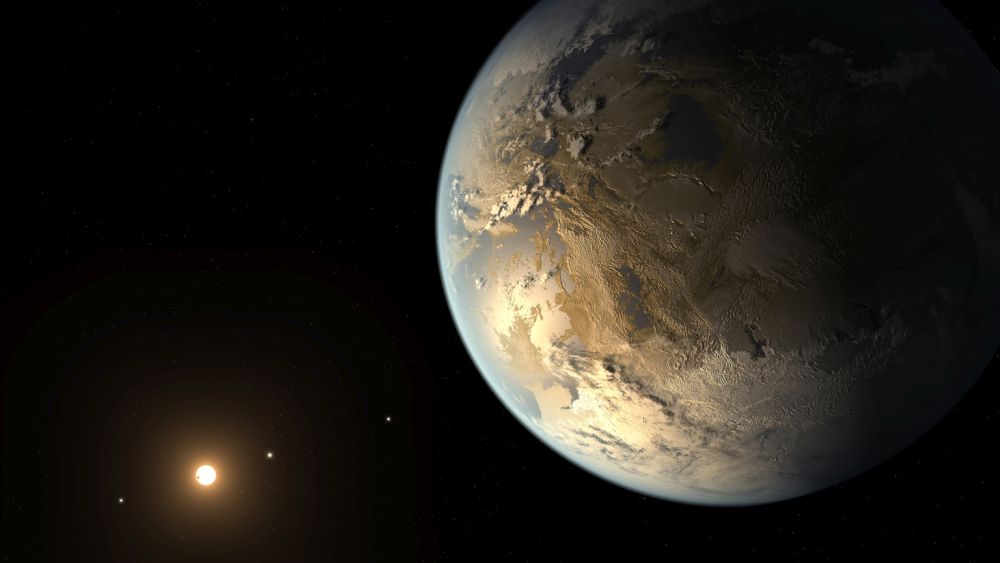
Can a planet that lacks plate tectonics and has very little carbon dioxide support life? Maybe. Can it support life long enough for a technological civilization to arise? New research says no.
Continue reading

According to every experiment, the constants of nature appear to be constant.
Continue reading
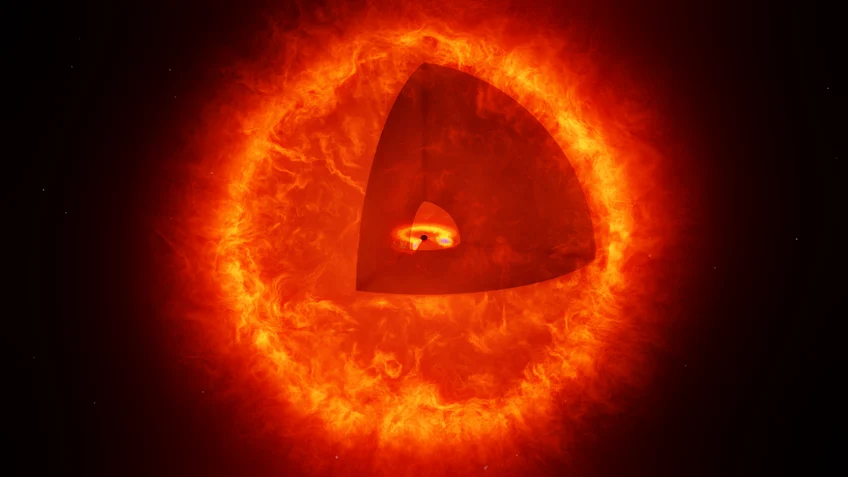
A bizarre new type of object could solve one of astronomy's most puzzling mysteries. The James Webb Space Telescope spotted some “little red dots” and until now, it’s been thought they were galaxies. Now, a team of astronomers have come up with an alternative theory, supermassive black holes wrapped up in a thick envelope of gas and they are calling them ‘black hole stars!’
Continue reading
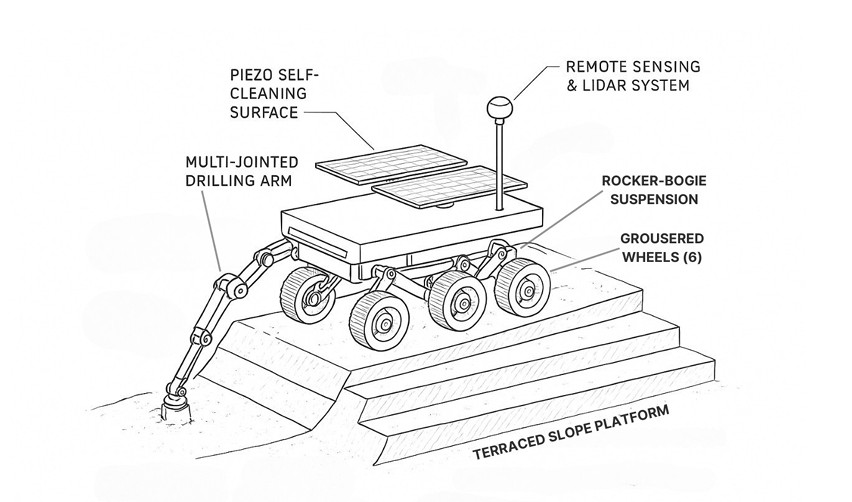
Different parts of Mars have different advantages and disadvantages when it comes to their available resources, just like Earth. The polar caps are likely the most valuable in terms of their water content, which will be critical to any early stage crewed mission to the Red Planet. But to really unlock the fully potential of Mars, geologists think we’ll need to look to the volcanoes, where there is likely to be easily accessible valuable materials like nickel, titanium, and chromium, that were placed there when the volcanoes were active. Reaching those deposits on the side of some of the largest mountains in the solar system safely is a challenge, and one that is tackled in a new paper by Divij Gupta and Arkajit Aich, where they look at the necessary requirements to set up an effective mining operation on the slopes of Olympus and Elysium Mons.
Continue reading
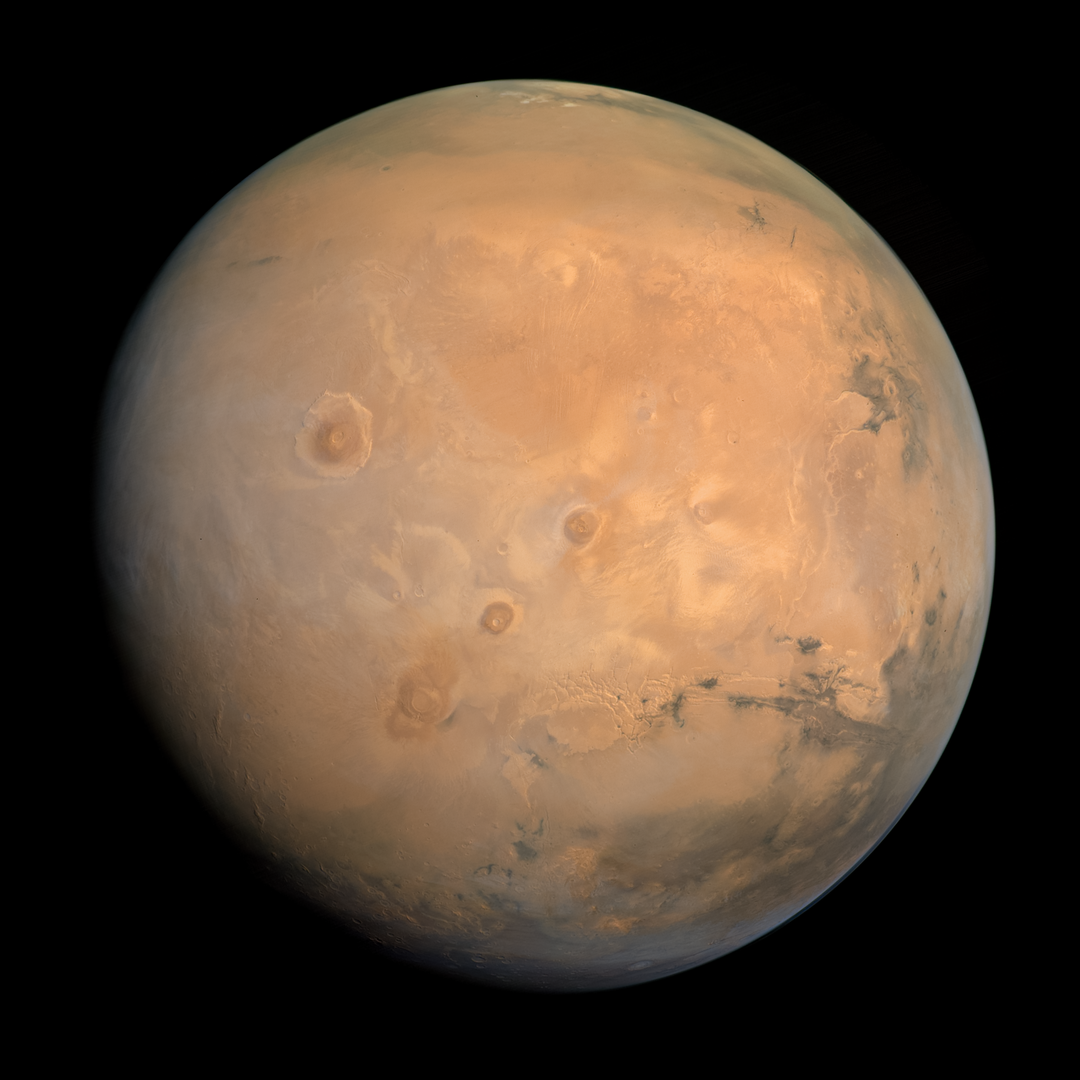
David Bowie once sung ‘Is there life on Mars?’ and along with being a question in a hit song, its also a question that has driven decades of missions to the red planet. From early orbital surveys to rovers hunting for evidence that life once existed beyond Earth the search has become more and more sophisticated. Europe's upcoming Mars rover mission is one such mission and it has received an unexpected boost in its search for signs of ancient life, as two new studies reveal that natural Martian processes could deliver rich organic materials directly to the rover, eliminating the need for long distance travel to find the building blocks of life.
Continue reading
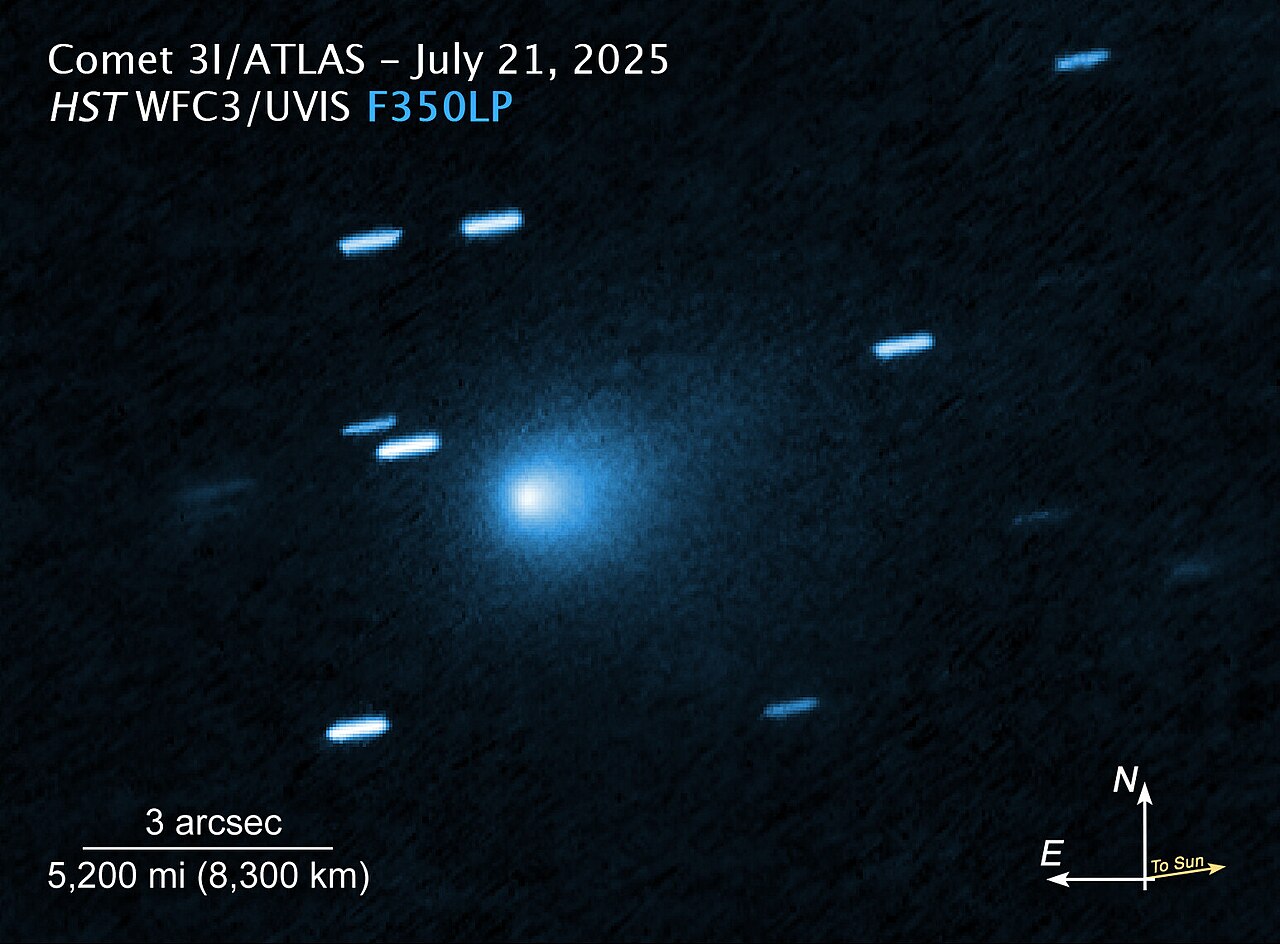
An examination of the interstellar object 3I/ATLAS shows that it is likely to be a remnant of the Galaxy's “Cosmic Noon” period, ca. 9 to 13 billion years ago. An examination of the object by an active mission could provide clues about stellar and planetary formation, and maybe the emergence of life, during this early period of galactic history.
Continue reading

Ten Years Later, LIGO is a Black-Hole Hunting Machine
lexigault60428
Fri, 09/12/2025 - 10:00
Ten Years Later, LIGO is a Black-Hole Hunting Machine
https://www.caltech.edu/about/news/ten-years-later-ligo-is-a-black-hole-hunting-machine
Continue reading
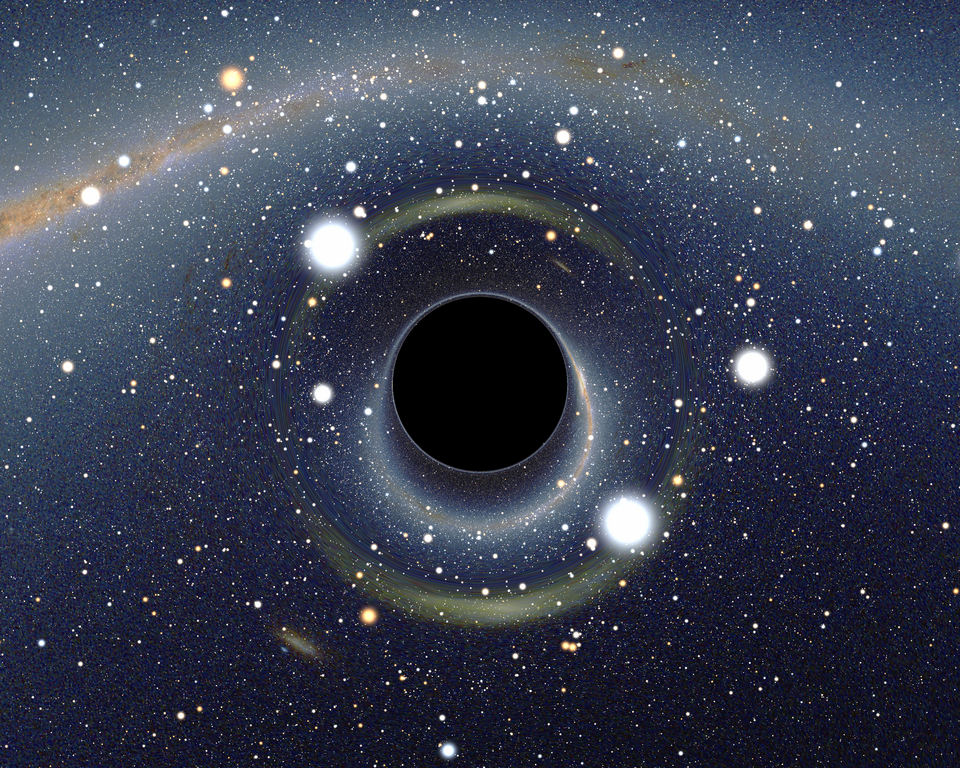
Physicists at the University of Massachusetts Amherst have calculated a more than 90% probability that we'll observe an exploding black hole within the next ten years. An event like this in our own celestial backyard may well be quite the spectacle but would revolutionise our understanding of physics and reveal the fundamental building blocks of everything in existence. Bold claims but a real possibility.
Continue reading

Of course physicists debate about which of the constants are the important ones, because physicists debate EVERYTHING.
Continue reading

A recent discovery solves a decades old mystery about the chemistry of Jupiter and Saturn's atmosphere. Using powerful telescopes, a team of researchers detected a molecule in the atmosphere of an ancient brown dwarf offering new ideas into how clouds form on gas giant planets.
Continue reading
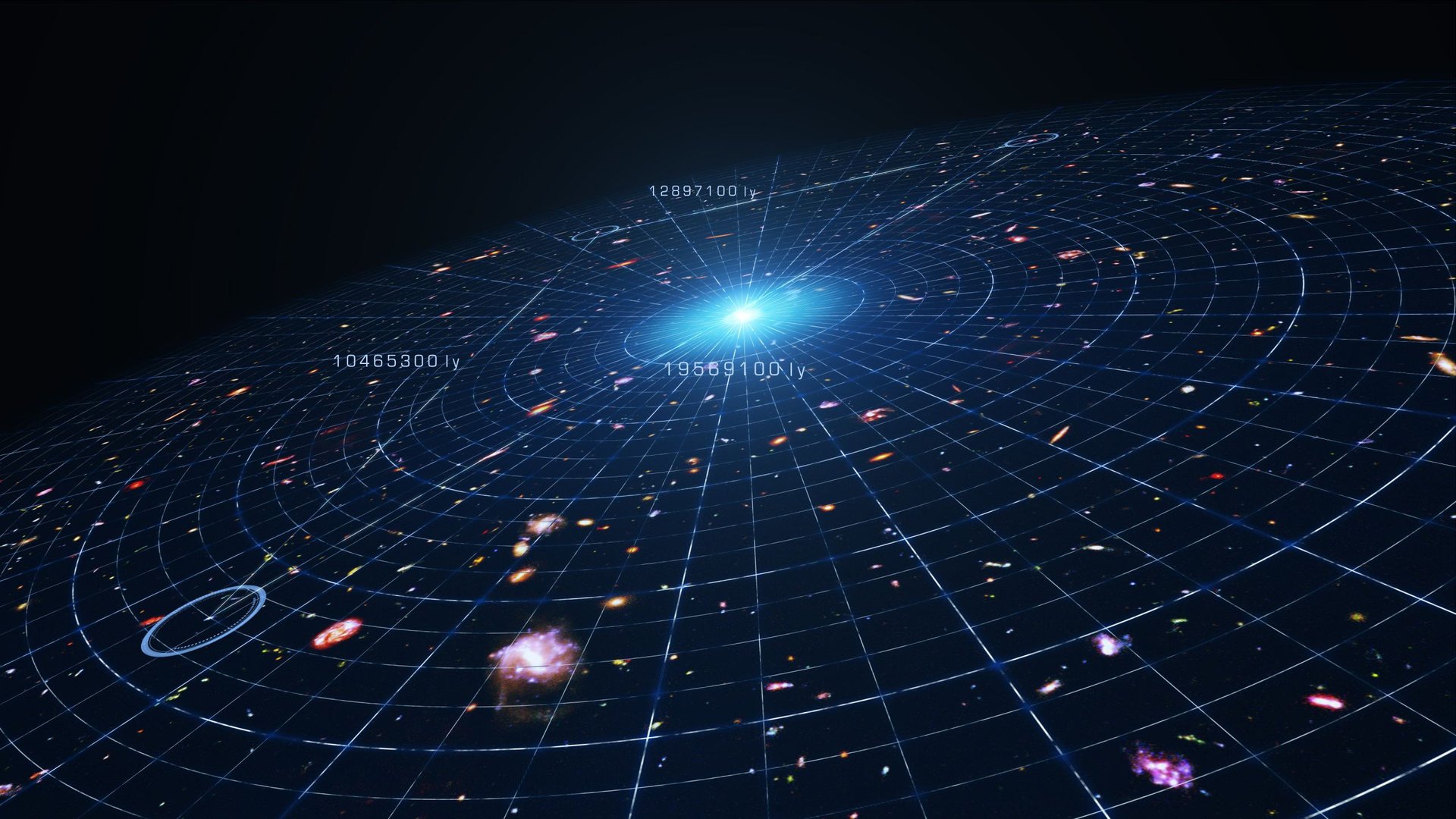
Science is a story of coming up with theories then doing our best to disprove them. That is especially true for theories on a grand, cosmological scale, though disproving them can be particularly hard. One of the most famous examples of a hard to disprove theory is that of dark energy and dark matter. In large parts of space we see unequivocal evidence that something is messing with general relativity. But down at the scale of our own solar system, there’s no evidence of it whatsoever, at least as far as we can see. A new paper from Slava Turyshev, a physicist at NASA’s Jet Propulsion Laboratory, discusses a way scientists might be able to deal with this discrepancy - by being very, very selective with the way we test for evidence of dark matter and energy in our solar system.
Continue reading

 Universe Today
Universe Today
















































